The Breakfast Club

1985 teen comedy-drama The Breakfast Club is one of the most celebrated 80s movies. However, actress Molly Ringwald herself has highlighted the film’s treatment of her character Claire is very troubling. One scene sees Bender (Judd Nelson) duck under the table and violate an unsuspecting Clare. He then proceeds to harass and demean her throughout the film. Also bothersome is the fact that not all The Breakfast Club’s teens are in detention for trivial matters. Socially awkward bookworm Brian (Anthony Michael Hall) is in detention for bringing a gun to school. Even in a pre-Columbine world, it’s hard to believe that such actions wouldn’t lead to police involvement.
Mr. Mom
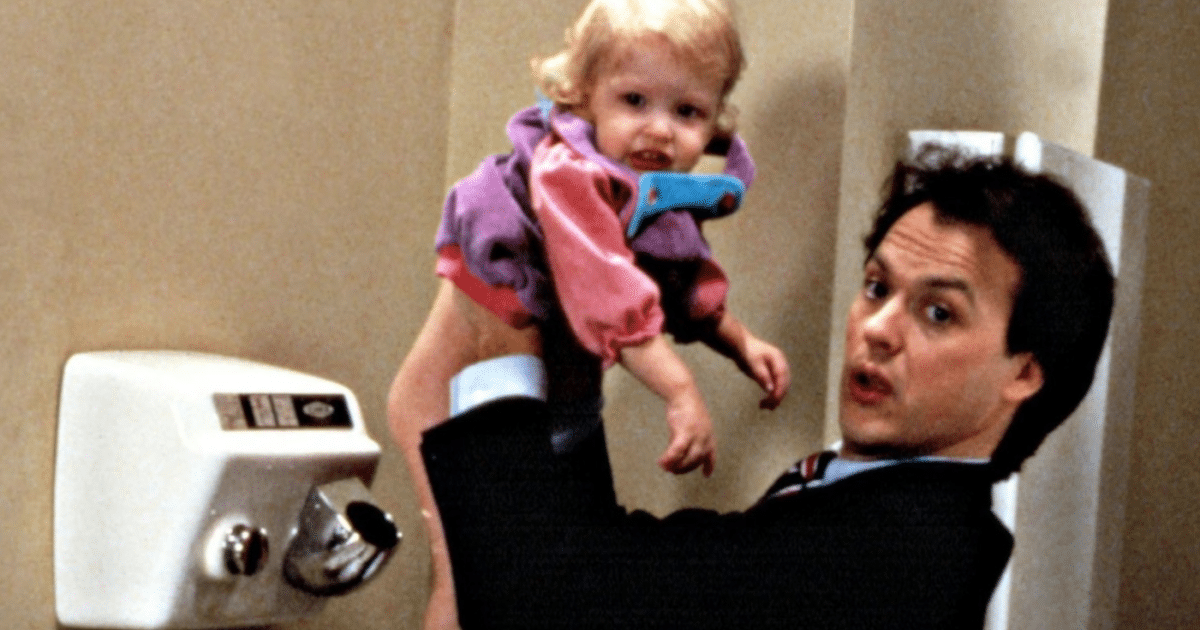
Nowadays, the notion of the father staying home to look after the kids instead of the mother is not particularly unusual. However, 1983 comedy Mr. Mom (another one written by John Hughes) treats the notion with total incredulity, perpetuating notions about gender which were outdated even at the time, and even more so today. However, whilst stay-at-home-dad Jack Butler (Michael Keaton) demonstrates his versatility by taking to child-rearing like a duck to water, his ambitious advertising executive wife Caroline (Terri Garr) winds up struggling in her demanding job. The movie seems to imply that men can adapt to anything, but women should stick to their traditional roles.
Overboard

If it had been played less for laughs, Goldie Hawn and Kurt Russell’s 1987 comedy Overboard could be quite fittingly placed in a lineup next to the likes of Gone Girl and Girl on the Train. Indeed, Overboard is in some ways the more troubling film as it presents its sinister premise as light-hearted and funny. Russell plays carpenter Dean, who is ripped off on a job by the wealthy Joanna (Goldie Hawn). After an accident leaves Joanna with total amnesia, Dean convinces Joanna they are married. She’s then forced to do all his housework and raise his children. Even after Joanna learns the truth about her “husband”, she decides to stay with him and she lives happily ever after as a housewife and mother. Where’s feminism when you need it?
Working Girl
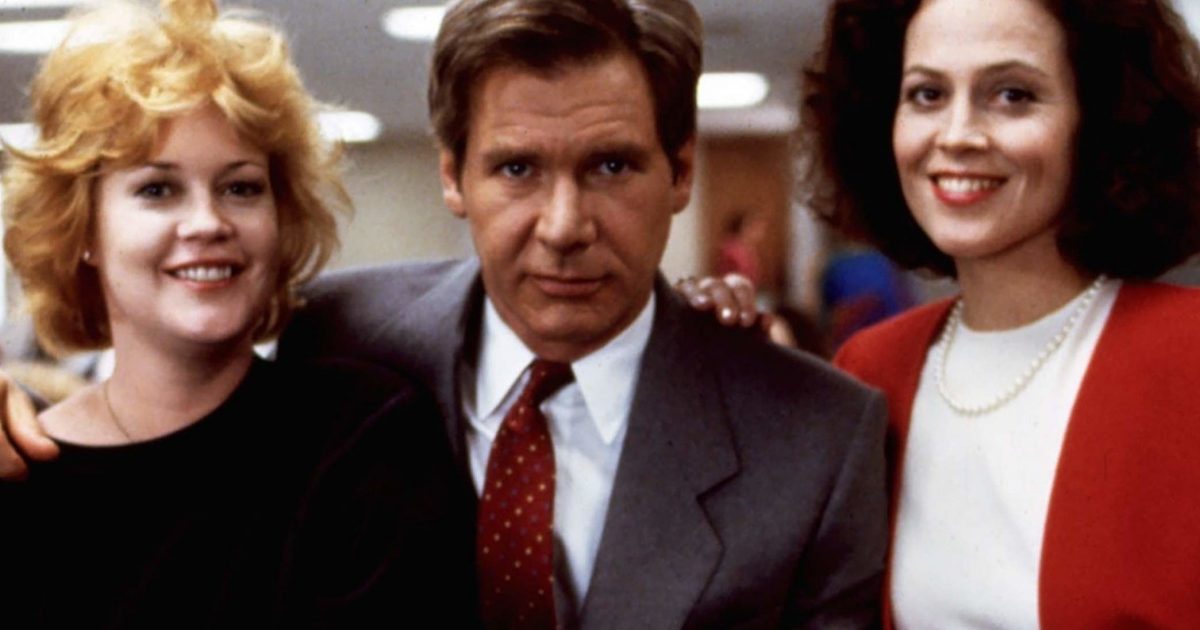
1988’s Working Girl is a story about a powerful, career-driven woman on top. At least it seems that way, until we consider the lead character’s rather dubious method of acquiring her newfound success. Although a highly successful businesswoman, Melanie Griffith’s Tess is portrayed as childlike and almost doll-ish, relying on her coquettish nature and flirty demeanour to get ahead. Not only does Tess resort to less-than-feminist tactics in order to make the big bucks, she also mocks other women in order to prove her superiority. Take for example Katharine (Sigourney Weaver), who is belittled for being concerned over “women’s issues” such as infertility. Though the film is hailed as a feminist classic, Working Girl is full of contradiction and conflicted messages.
Sixteen Candles

1984’s Sixteen Candles may have launched 80s icons Molly Ringwald, Anthony Michael Hall and writer-director John Hughes, but it has aged very badly indeed. It perpetuates harmful stereotypes, notably with the unabashedly racist treatment of its only Asian character, Long Duk Dong (Gede Watanabe). Worse yet, Sixteen Candles is also shockingly sexist (even though it has a female lead), and promotes some thoroughly unsavoury attitudes. Young women are presented entirely as sex objects, slut-shamed, and most shockingly of all a drunk girl is date-raped by Hall’s character with the blessing of her boyfriend.
The Goonies
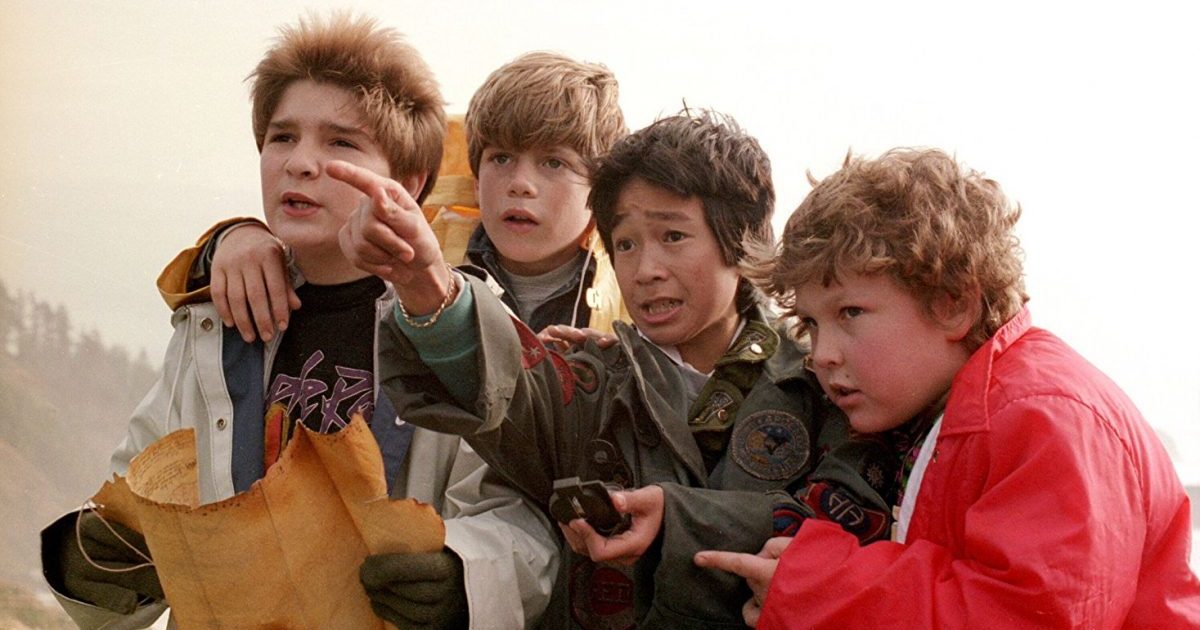
Conceived and produced by Steven Spielberg, 1985’s The Goonies was a big part of childhood for just about anybody who grew up in the 80s. It’s a bit jarring as a kid’s movie today, given how much the young protagonists swear. The profanity may be easy to overlook, but a rather more alarming scene sees Corey Feldman’s Mouth demonstrates his skill at speaking Spanish. Mary Ellen Trainor’s Mrs Walsh asks Mouth to translate her instructions to Lupe Ontiveros’ non-English-speaking housekeeper, Rosalita. Being a born joker, Mouth deliberately feeds Rosalita utterly inaccurate and increasingly absurd translations, including lists of illegal narcotics and implications of bizarre sexual practices – all from the lips of a middle schooler.
Crocodile Dundee
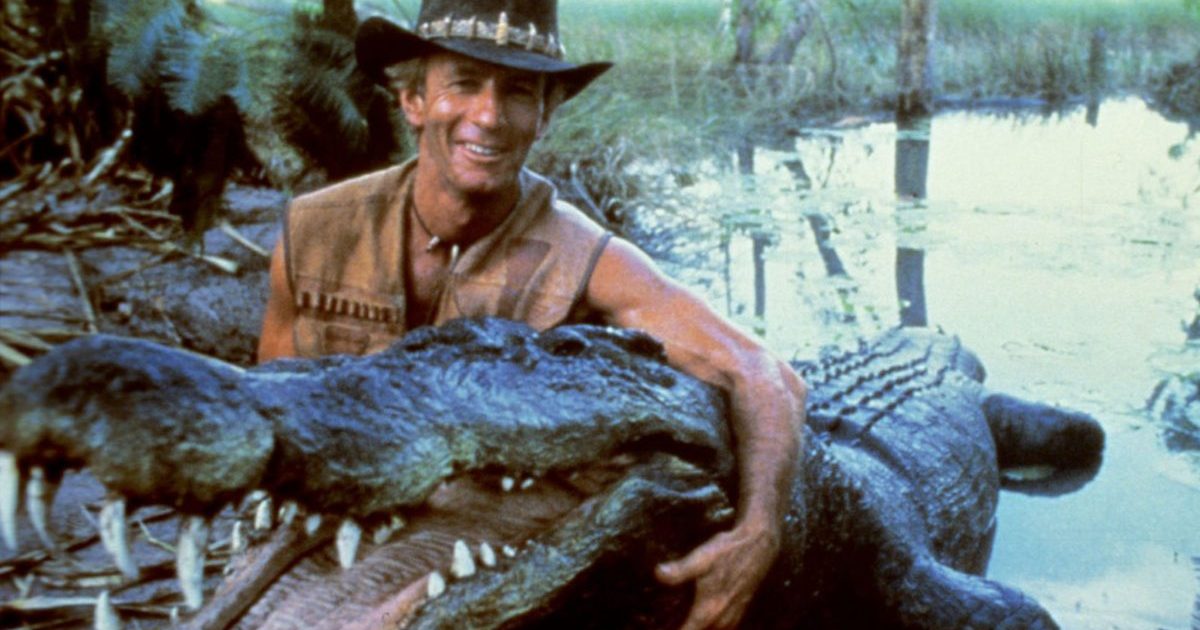
1986 smash hit comedy Crocodile Dundee hinges on the culture clash between Hogan’s salt-of-the-earth Aussie frontiersman, and the metropolitan world of 80s New York; however, the central character’s values don’t come off so much ‘old-fashioned’ as outright ignorant and hateful. One particularly unpleasant scene shows Hogan’s unwitting Dundee chatted up at a bar by a female impersonator. On being told the truth of the situation, Dundee’s disgust is clear: he proceeds to grab the crotch of his new friend to confirm the truth, which is regarded as hilarious by the bar’s clientele. Later, on being introduced to a wealthy older woman at an upmarket soirée, Dundee also grabs her by the crotch and remarks, “Just making sure.”
Back to the Future

Back to the Future may be considered one of the true masterpieces of the 80s, but there’s plenty about the film that raises eyebrows today. Most obviously, there’s the fact that Lea Thompson’s Lorraine develops a sexual attraction to Michael J. Fox’s Marty without knowing he’s her future son. On top of this, the Libyan terrorists villains are crude racial stereotypes. Worse yet is how Crispin Glover’s George asserts his manhood by punching out Thomas F. Wilson’s Biff, then proceeds to lord that power over him even 30 years later. The idea that the McFlys have secured their own happiness by ensuring the unhappiness of Biff (plus the fact that they’re richer in the new timeline, implying you need money to be happy) leaves a rather sour aftertaste.
Bill & Ted’s Excellent Adventure

Believe us, we’re as pained as you are to have Bill & Ted’s Excellent Adventure on this list. The 1989 sci-fi comedy starring Keanu Reeves and Alex Winter was one of the last true classics of the 80s, and in terms of the attitudes on display it holds up better than a whole lot of 80s movies, thanks primarily to its main protagonists. The duo would appear to not have a bad-natured bone in their body. Which makes it all the more dispiriting that, upon being reunited after Bill briefly believed Ted was dead, the duo share a hug – but then, both feeling insecure about this open display of affection, they call one another “f*gs.”
Coming to America
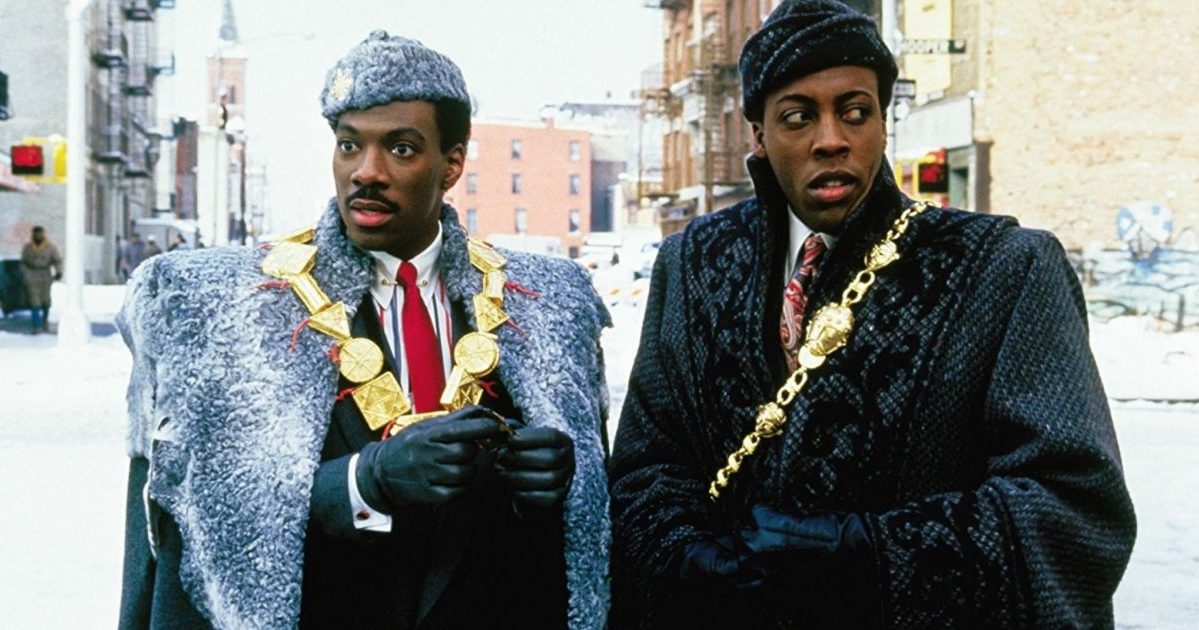
Ostensibly a sweet-natured rom-com, Coming to America casts Eddie Murphy as Akeem, Prince of fictitious African nation Zamunda, who is presented with a bride-to-be by his parents. Wanting instead to find real love with a woman who accepts him as a man rather than a monarch, Akeem and his manservant Semmi (Arsenio Hall) flee to Queens, New York in search of a future queen. Alas, Coming to America demonstrates that racist attitudes about Africa aren’t exclusively the domain of white people. African critics have criticised the film’s stereotypical portrayal of the continent, with over-the-top accents and implications of ignorance on the part of the African characters. There’s also the matter of Akeem’s palace being awash with sex slaves.
Short Circuit

1986’s Short Circuit is the story of a military robot, Johnny 5, who gains sentience. The film also features a scientist named Ben Jabituya, an Indian man played in the film by Fisher Stevens. There’s just one small issue with this casting decision: in reality, Stevens is a white American of Jewish descent, with no Indian heritage. Even at the time, it was obvious to critics and audiences that the role should have been taken by an actual Indian actor rather than a white man in ‘brownface.’ Although Stevens may have gone to lengths to make his portrayal of an Indian man in America seem authentic, it’s hard to take his performance as anything but a crude racist stereotype playing the ethnicity for laughs.
Ghostbusters

Everyone loves 1984’s Ghostbusters, but let’s be honest, Bill Murray’s Peter Venkman is a real sleaze. This becomes apparent in Venkman’s introductory scene, in which we see the college professor giving electric shocks to his male pupil. Venkman’s motivation in doing so is to seduce the female student who is also participating in his ‘experiment.’ What’s more, later in the film Venkman barges into the home of Dana Barrett (Sigourney Weaver) without permission and then proceeds to profess his love for her, despite the pair being virtual strangers. Though this has been hailed as a “cute” and romantic moment, Venkman’s behaviour in this scene is creepy, if not downright predatory.
Revenge of the Nerds
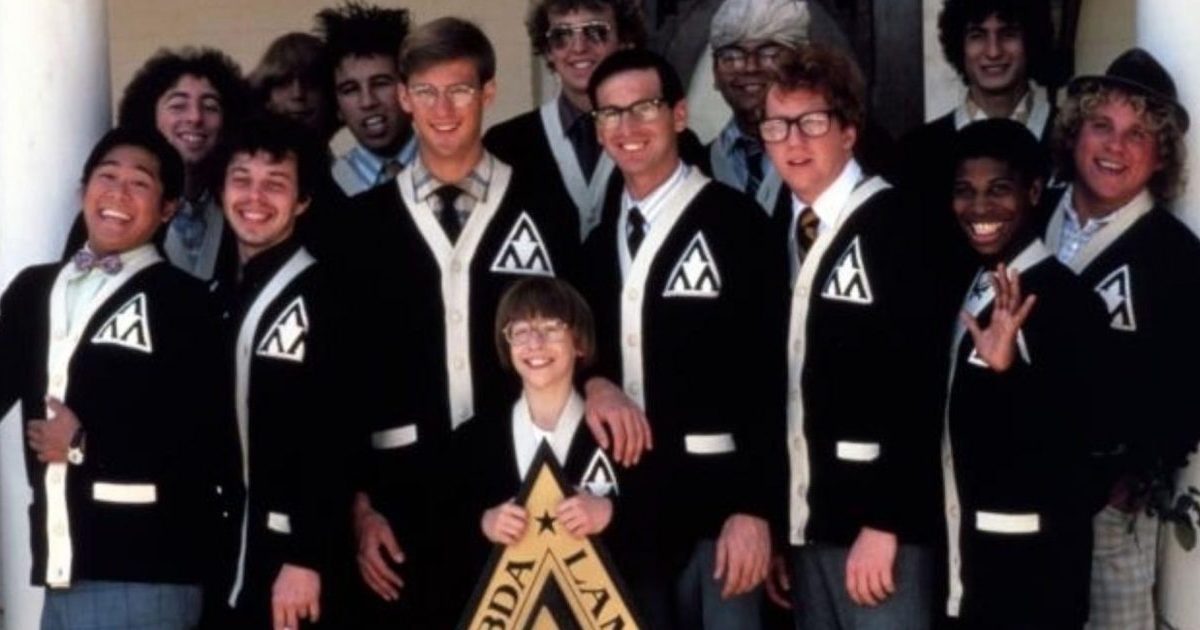
‘Nerds’ are typically considered bookish and socially awkward yet largely innocent. However, in 1984’s Revenge of the Nerds, they’re hyper-sexually-aware pests who make it their mission to harass every female they come into contact with, regardless of the other party’s interest. This is presented as harmless fun, when it’s anything but. First, the nerds break into a neighbouring sorority house on a ‘panty raid,’ and plant hidden cameras all over the place so they can spy on the girls getting changed. On top of this blatant crime, ‘hero’ nerd Lewis (Robert Carradine) later disguises himself as the boyfriend of Betty (Julie Montgomery) and has sex with her. The film treats this as romantic: in reality, it’s rape by deception.
Rambo III
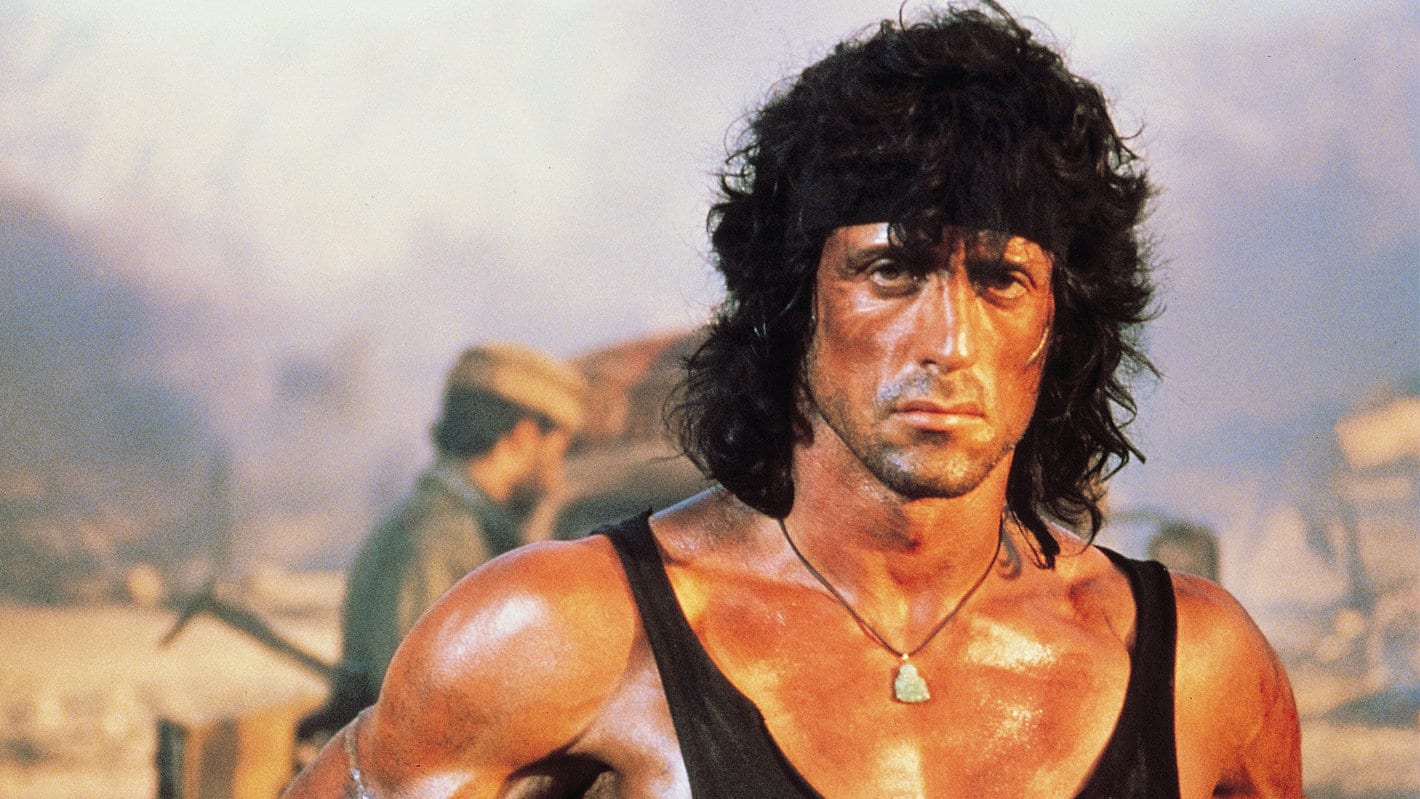
‘Rambo’ has long been a byword for excessive gun-toting action, and 1988’s Rambo III lives up to that expectation. There’s just one small, yet ever so amusing problem in the action sequel. Set in Afghanistan, the film sees Sylvester Stallone’s John Rambo continue his personal war against the Soviets by teaming up with local guerrilla soldiers, the Mujahideen forces. Of course, the Afghan Mujahideen would evolve into the Taliban, which later allied itself with Al-Qaeda, an organisation whose name might sound somewhat familiar to anyone who’s been paying attention to the East-West conflict that’s been going on since 9/11. There was a similar issue in Bond movie The Living Daylights, which allies Bond with the Mujahideen.
Mannequin

1987’s Mannequin is your typical rom-com, with just one noticeable difference: one of the participants is, as the title suggests, a shop window dummy which comes to life. The idea of Andrew McCarthy’s department store window dresser falling in love with Kim Cattrall’s mannequin come-to-life is inherently very creepy, and hardly appropriate for a PG-rated movie. To cap it all off, Cattrall’s character only comes to life in the presence of McCarthy. In case we need to spell it out, Mannequin clearly promotes old notions of a subservient, sexually available woman existing solely for the gratification of a needy male. Whether the filmmakers realised this or not, it’s blatantly misogynistic.
Indiana Jones and the Temple of Doom
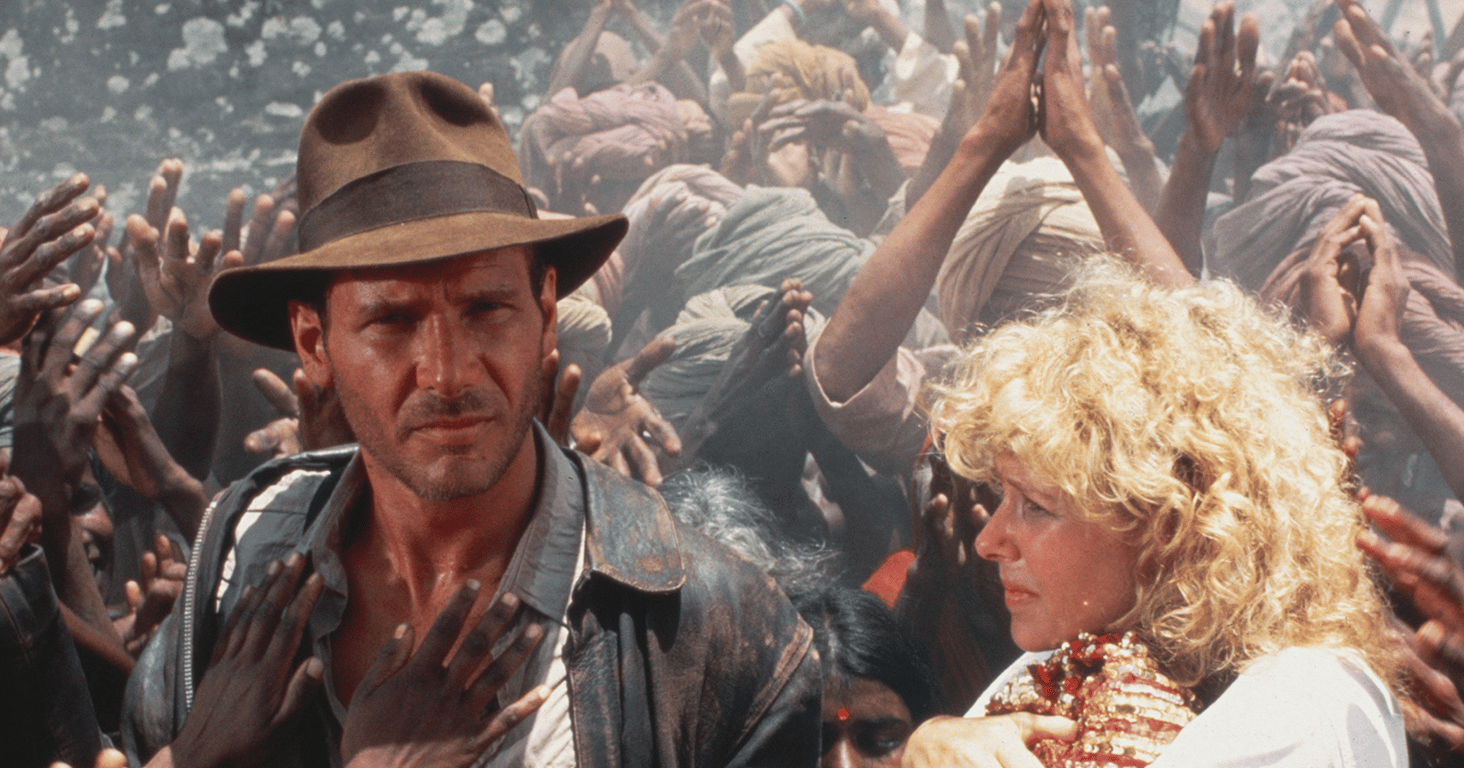
Until 2008’s Indiana Jones and the Kingdom of the Crystal Skull, it was widely agreed that the low point of the beloved adventure series was 1984’s Temple of Doom. It remains a shocking film today, primarily due to the intense scenes of human sacrifice and torture which had a large role to play in the introduction of the PG-13 certificate. Perhaps even more troubling, though, are the undeniable overtones of racism in the film. Harrison Ford’s Indy is a stereotypical white saviour; no one ever asks why the Indian villagers can’t look after themselves. Meanwhile, the Indian aristocracy are portrayed as decadent slobs, eating beetles, live snakes and monkey brains, and the occupying British Imperial Army are played as noble heroes.
The Wizard

1989 family drama The Wizard is a film that beggars belief in many respects, not least because the whole endeavour is utterly blatant advertising for Nintendo. We obviously have to question any film that portrays pre-pubescent children running away from home as a big fun adventure, but most alarming are some of the methods these kids employ to keep safe on the road. One scene sees a sleazy bounty hunter try to grab the kids. It’s troubling enough to see a grown man clearly attempting to abduct frightened children in public without anyone reacting, but worse yet is how Haley (Jenny the Lewis) defuses the situation, screaming, “he touched my breast!” Using child molestation for a throwaway joke would be troubling today in any film, let alone one aimed at a families.
Soul Man
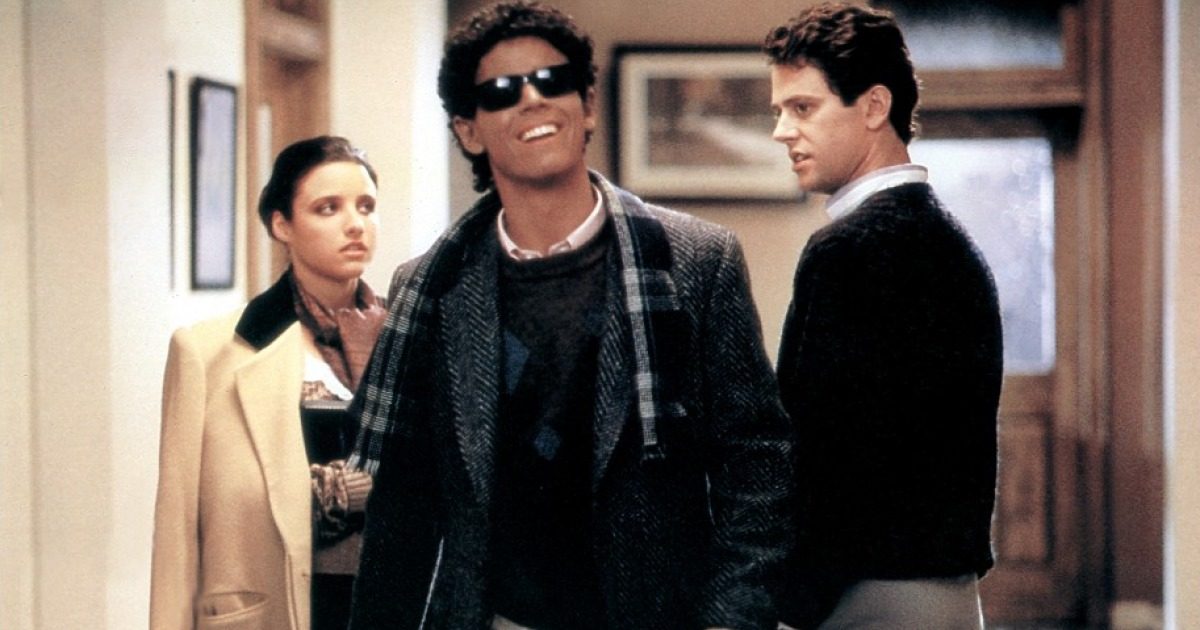
From its synopsis alone, there are few films more guaranteed to leave you cringing in agony than 1986’s Soul Man. C Thomas Howell takes the lead in as Mark, a wealthy white college student who suddenly finds himself unable to afford law school – and so disguises himself as a black man (by means of tanning pills?!) in order to win a scholarship for African-American students.Soul Man does, in its own way, attempt to use its outrageous premise to make a serious point about race relations; actor C Thomas Howell has defended it as “an innocent movie… (with) some very, very deep messages.” Nonetheless, it’s nigh-impossible to see crude racial stereotypes played for laughs, without anyone involved seeming to recognise how inherently offensive it all is.
Howard the Duck

To think that, within just a few years of spearheading the immense cinematic success stories of both Star Wars and Indiana Jones, George Lucas then decided to throw the full weight of his powers behind 1986’s Howard the Duck. It may be something of a ground-breaker given that it was the first big screen adaptation of a Marvel comic; but beyond this, it’s memorable for all the wrong reasons. Most alarmingly of all, the film largely plays out as a romantic comedy – but the romance is between alien duck-man Howard, and Lea Thompson’s very human. The two frequently flirt with one another, and at one point become rather intimate whilst sharing Beverly’s bed. PG-rated 80s movies may have tended to push the envelope, but we’re hard-pressed to think of any others which imply bestiality.
The Toy
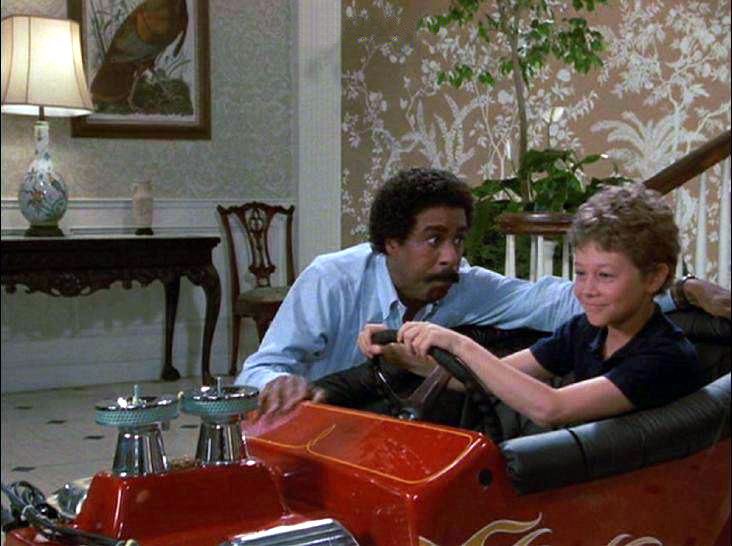
A lot of 80s movies are quite offensive when viewed through the lens of modern sensibilities, but how The Toy got green-lit, even in 1982, is a genuine mystery. Directed by Richard Donner, The Toy is based on Le Jouet, a 1976 French film which tells the story of a boy trying to prove his toxic father wrong. Le Jouet’s story ultimately conveys the message that love is more important than money, but Donner decided to drop these themes in favour of – wait for it – slavery. The narrative of The Toy centres on a wealthy businessman who literally buys a black man (played by Richard Pryor) as a toy for his son. Unsurprisingly, the sight of a spoiled, bratty white child commanding a fully grown Black man for his own entertainment is pretty uncomfortable.
The Karate Kid
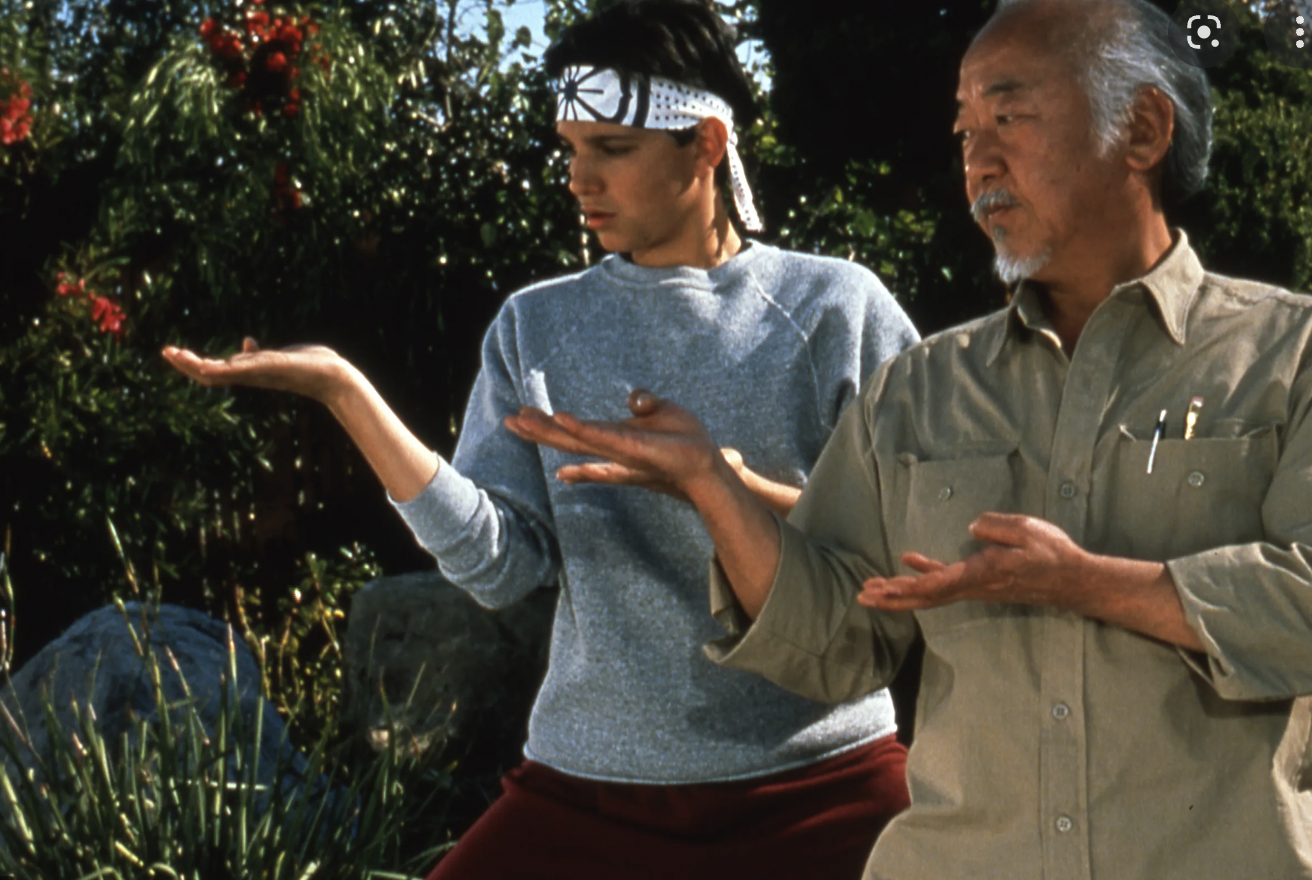
The Karate Kid was released in 1984, and was wildly successful, grossing $130 million at the box office. Its appeal hasn’t faded with age, and it is such a beloved film that a lot of people really don’t stop to consider how shamelessly it traffics in Asian stereotypes. Although he is portrayed as one of the film’s heroes, making the film an improvement on Indiana Jones And The Temple Of Doom, Mr. Miyagi’s character is problematic in a number of ways. The character is portrayed as inscrutable and mysterious, playing up to how the public viewed Asians during the 80s. One scene which really drives the point home is Mr. Miyagi trying to pluck a fly out of the air, using chopsticks, of course, because what else would an Asian use?
Teen Wolf
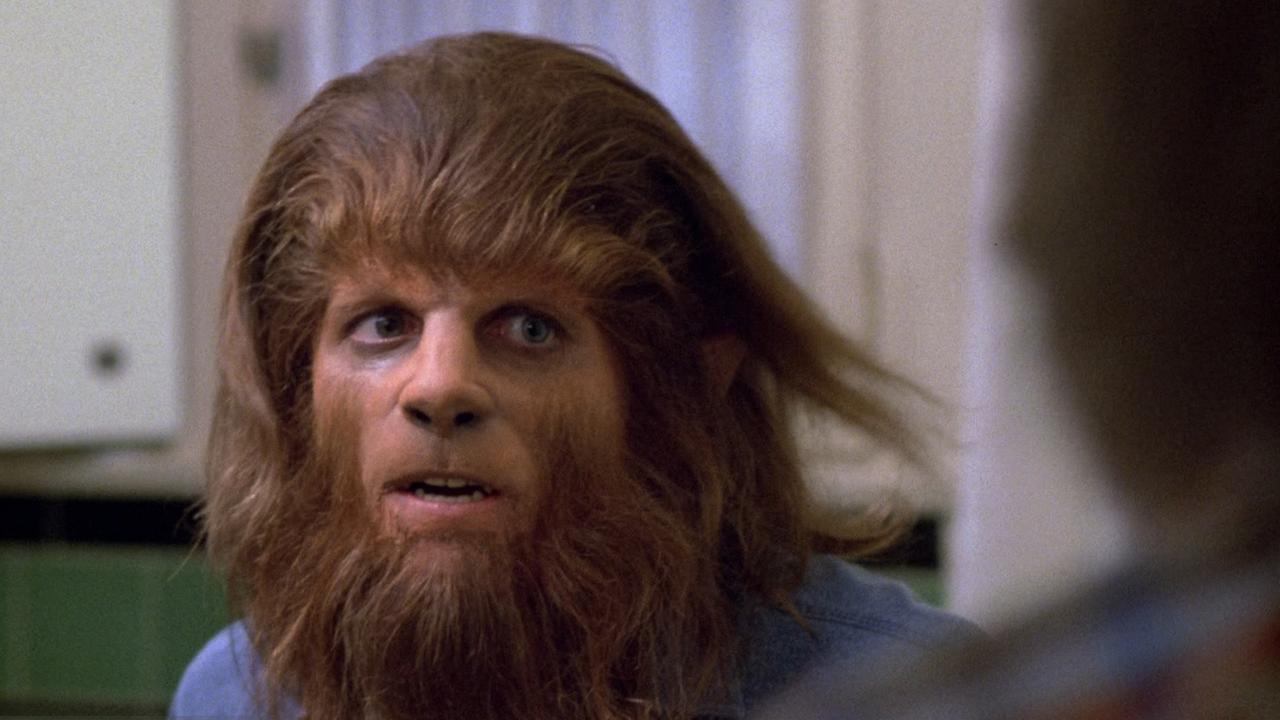
Teen Wolf is another fan favourite that seriously falls short of modern values. Directed by Rod Daniel and starring a young Michael J. Fox, Teen Wolf tells the story of Scott Howard, a high-school student whose life is flipped upside down by the discovery that he’s a werewolf. Cue hijinks, hilarity, and uncomfortable homophobia. In one scene, Howard finally ‘comes out’ as a werewolf to his best friend, Stiles. Before he can tell him his secret, Stiles warns him that if he’s gay he “won’t be able to handle it”, and proceeds to use some pretty outdated slurs. After learning that Howard isn’t gay, but is instead a mythical being known to stalk and eat people, Stiles is visibly relieved. In hindsight, the films narrative could have been a great vehicle for exploring the theme of teens struggling with their sexuality, so it’s a shame that it chose to indulge in virulent homophobia instead.
Police Academy
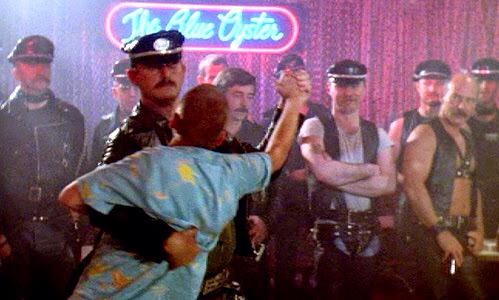
Police Academy came out in 1984, taking almost $150 million at the box office and spawning a series of sequels that never quite lived up to the original. It remains one of the most widely-loved comedies of the 80s, but it has some seriously off-colour moments, from confederate flags on some of the police car to sexist jokes at the expense of the film’s female characters. However, one running gag in particular is likely to offend modern sensibilities. The Blue Oyster is a gay bar in which the customers are exclusively dressed fully in leather, because that’s how all gays dress, right? Members of the police academy are repeatedly sent to the bar as a prank, and always end up getting forced to dance with the patrons.
Annie
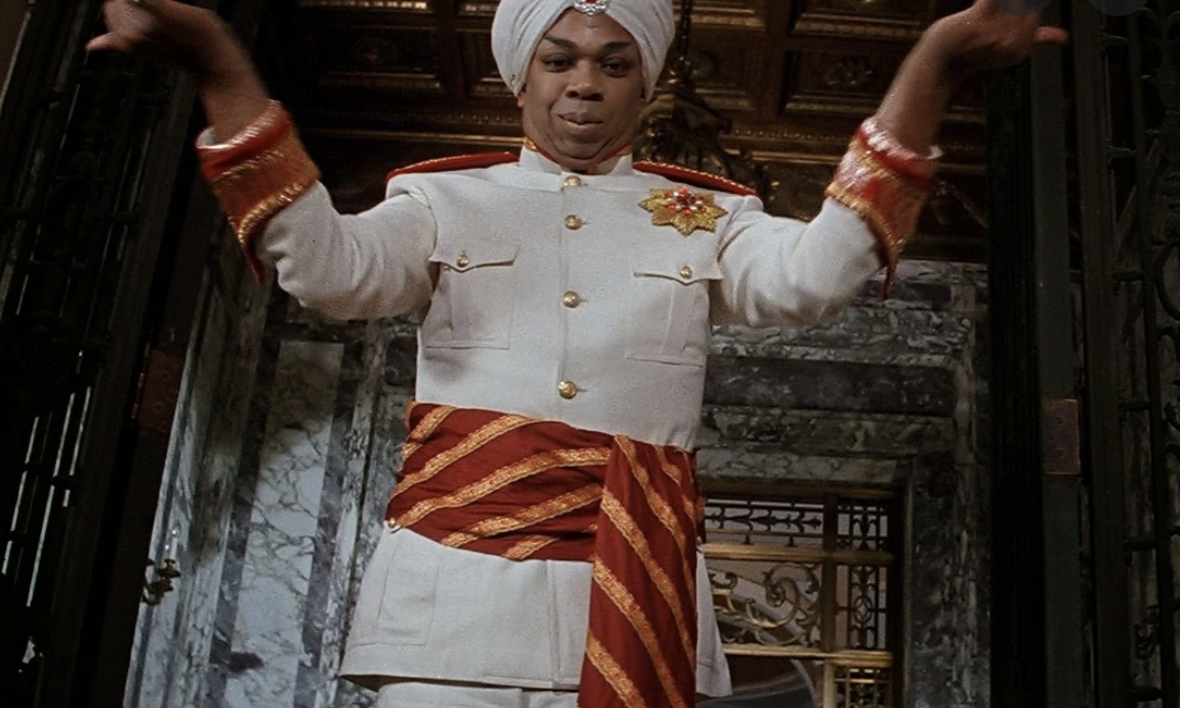
1982’s Annie is based on the broadway musical of the same name, and tells the story of the eponymous Annie, an orphan who is adopted by America’s richest man during The Great Depression. So far, so wholesome. However, being the ward of a billionaire comes with some perks, in this case a bodyguard named Punjab. Despite the fact that, given his name, Punjab is clearly intended to be from Indian descent, the character is actually portrayed by a Trinidadian actor. As if this isn’t problematic enough, Punjab, who is mysteriously mute, is prone to breaking into fits of spontaneous dance, can levitate objects, and has the ability to control animals with his mind. In other words (author Anna Leszkiewicz’s, to be precise), the way the character is portrayed is “truly and deeply racist”.
Partners
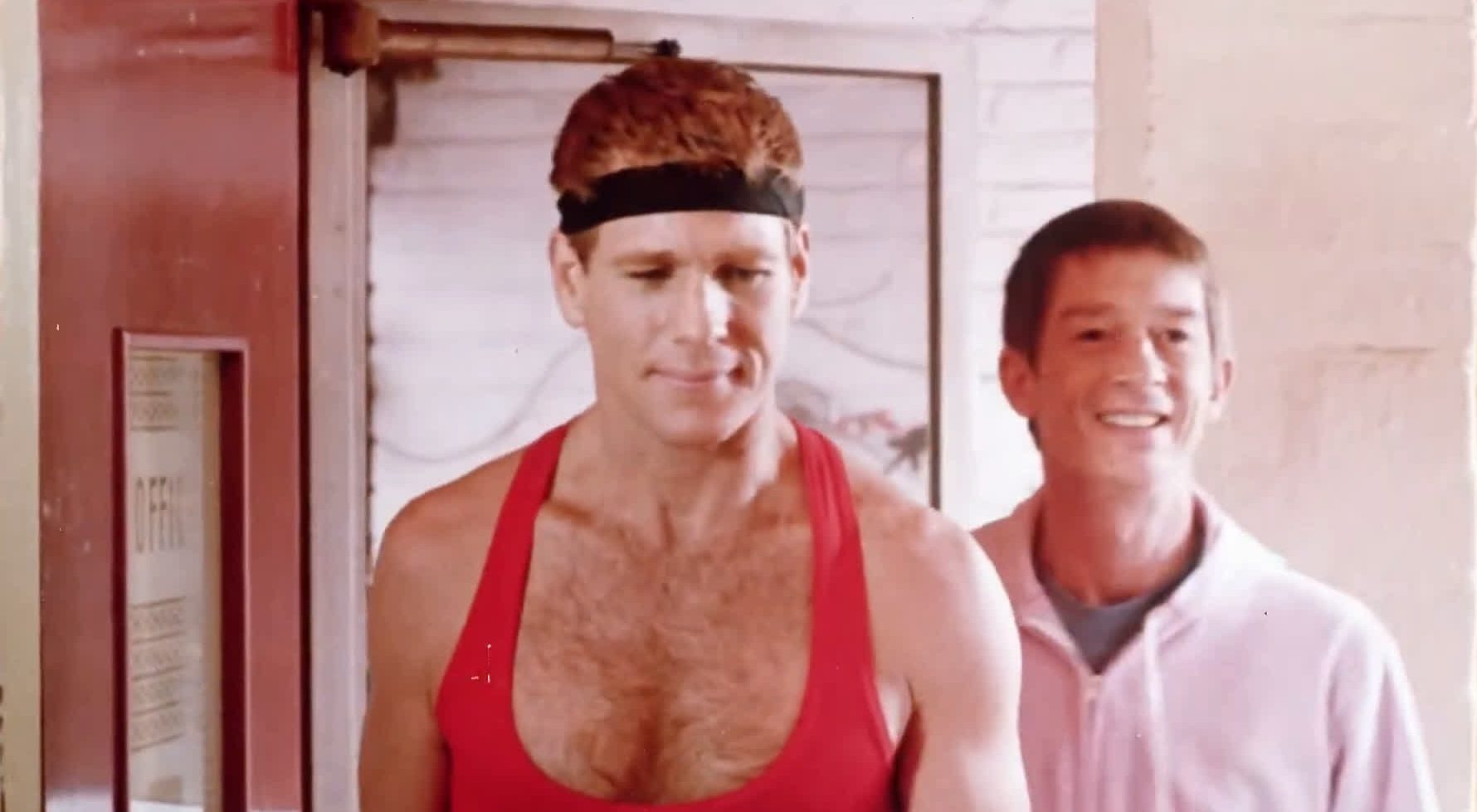
Considering the fact that one of the characters in Partners is actually gay, it’s genuinely astounding how homophobic the film manages to be. When the film was released it might, on the surface, have seemed like progress to have an openly gay main character, but the writers swiftly shredded this illusion by relentlessly playing on gay stereotypes for laughs. The film sees gay desk officer Kerwin partnered with the overly macho Benson, who spends much of the film emitting a steady stream of homophobic remarks in between having sex with women. Kerwin, on the other hand, embodies every gay stereotype known to man, with a limp wrist, effeminate affect, and high-pitched voice. He also spends much of the film essentially as Benson’s servant, although his heroic turn in the finale does redeem things a tiny bit.
Splash

It feels kind of sacrilegious to criticise a film starring Tom Hanks, but in this case it’s got to be done. 1984’s Splash tells the story of Allen Bauer, a man who falls in love with a woman named Madison, who happens to be a mermaid,. The film puts a clever spin on the romance genre, and was widely praised by critics and audiences alike. However, modern viewers have noted that Bauer’s treatment of his aquatic love interest sometimes veers into disturbing territory. Hank’s character is in turns disparaging, condescending, and aggressive. In one particularly unpleasant sequence, an upset Madison locks herself in a bathroom, stating that she needs some privacy. Instead of respecting her needs, Bauer promptly barges through the door.
Star Wars: Return Of The Jedi
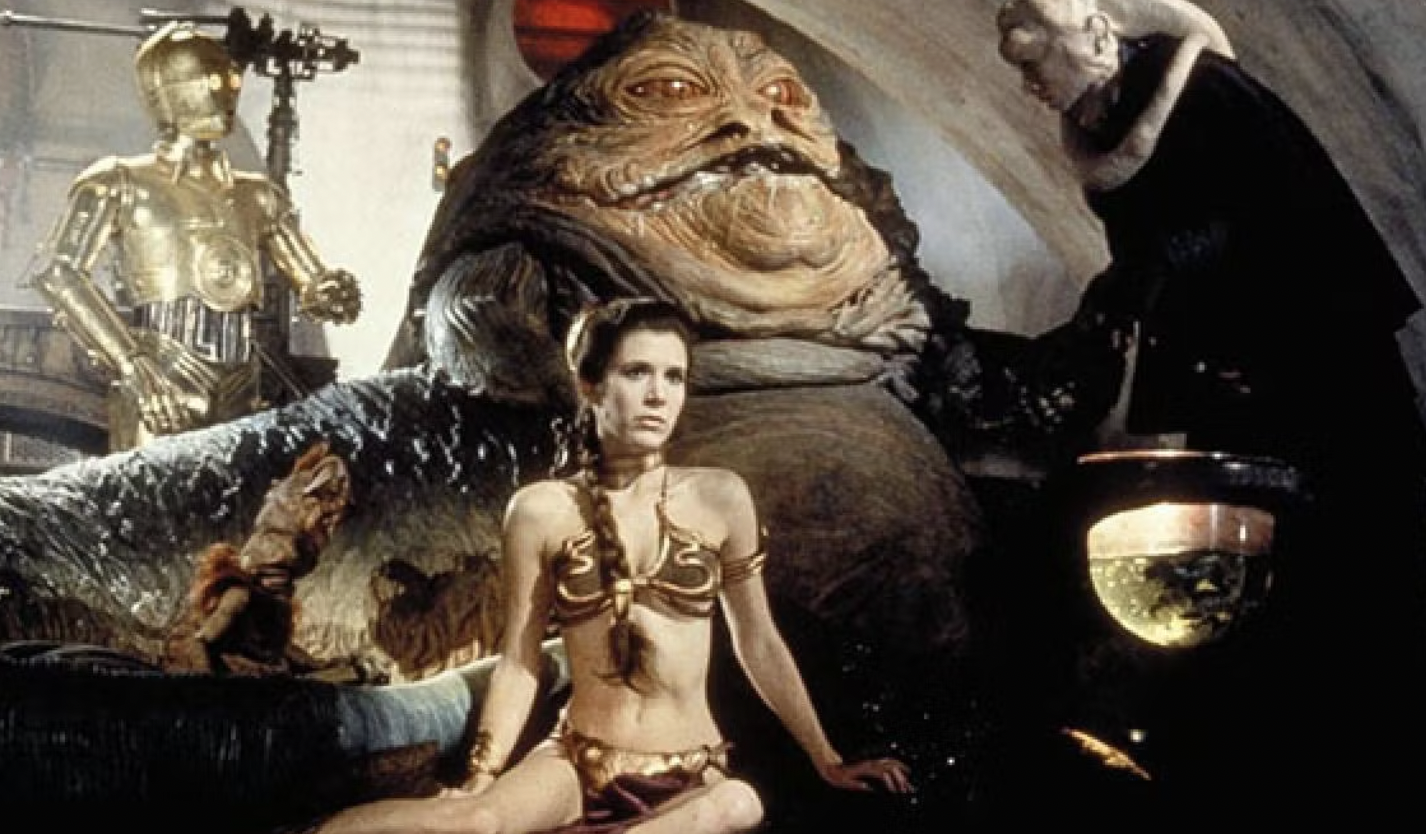
The climax of the original Star Wars trilogy, Return Of The Jedi was released in 1983 and triumphantly rose to the mammoth task of following The Empire Strikes Back. ROTJ was loved by audiences worldwide, grossing a staggering $300 million at the box office, and remains one of the most successful films ever made. The most controversial Star Wars moment will forever be the accidental incest arc in A New Hope, but ROTJ had its own moment that seems seriously outdated by today’s standards. After Princess Leia is captured by slug overlord Jabba The Hutt, she is chained up and forced to dance in a gold bikini. Whilst the look has become utterly iconic, the whole scene is uncomfortably reminiscent of sexual slavery.
Adventures in Babysitting

1987’s Adventures in Babysitting is still fun viewing, but with some uncomfortable moments. Lead actress Elisabeth Shue may have been 23 at the time, but her character Chris is only 17 – which makes it a little unsavoury that a running joke sees her constantly mistaken for a Playboy centrefold model for whom she is a dead ringer. Worse yet is how Keith Coogan’s Brad chooses to demean his little sister Sarah (Maia Brewton) by repeatedly referring to her comic book hero Thor with a homophobic slur. At no point is Brad’s homophobia challenged, something made all the more distasteful given that Coogan’s co-star Anthony Rapp has since come out as gay.
Blade Runner
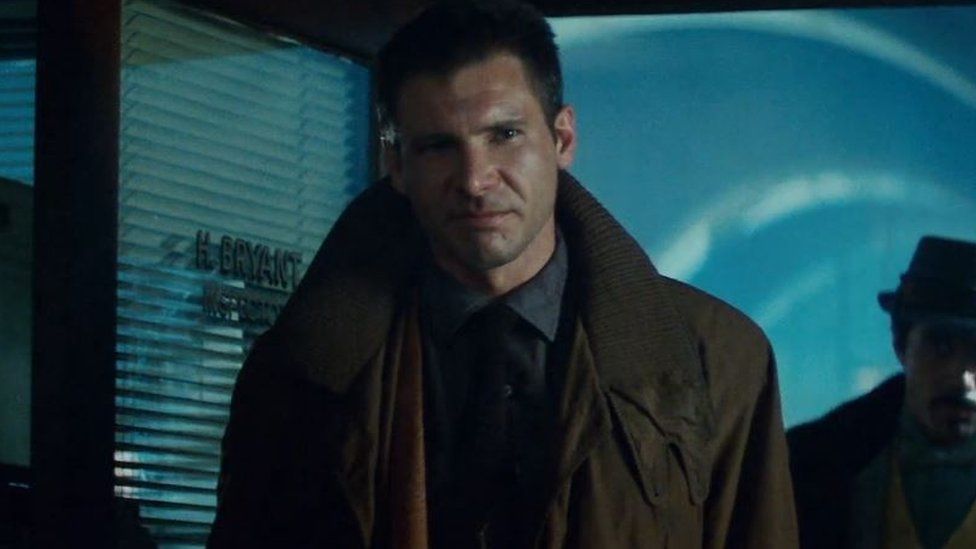
Based on the legendary sci-fi novel Do Androids Dream Of Electric Sheep, Blade Runner remains a classic of the genre, and has received acclaim for its atmosphere, music, and adept handling of difficult themes. Roy Batty, the film’s antagonist, is widely regarded as one of the best villains ever created, and by the end of the movie most viewers are at least a little bit on his side. However, it is the film’s hero, Rick Deckard, who delivers the films most off-colour moment. Deckard, played by Harrison Ford, is a ‘Blade Runner’, tasked with hunting down rogue androids (known as replicants). At one point, Deckard is visited by Rachael, a replicant who believes she’s human. After he reveals her true nature to her and tells her that all her memories are false, Rachael becomes understandably upset and tries to leave. Deckard stops her, getting uncomfortably aggressive, and it’s heavily implied that he assaults her.
Big
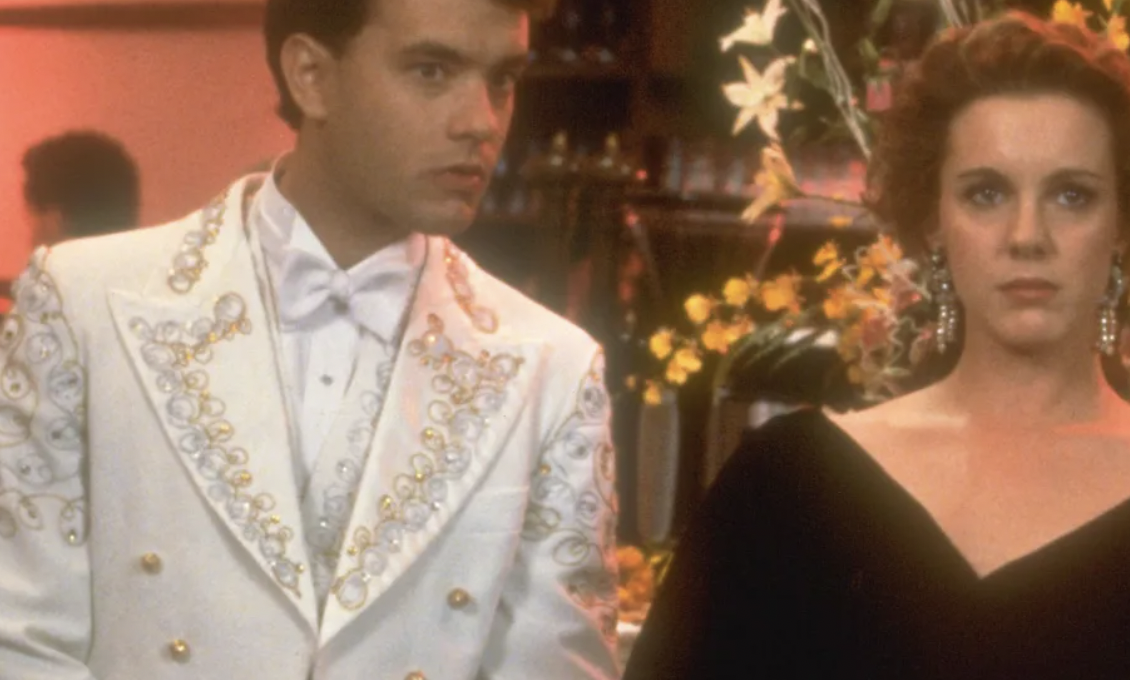
During the 80s, audiences loved comedies that played with the concept of ‘body swaps’, a trend which led to the creation of 1988’s Big. The film tells the story of Josh Baskin, a 12-year-old boy who yearns for adulthood and, thanks to a magic fortune telling machine, gets his wish. The premise inevitably leads to a lot of totally bizarre, mostly hilarious situations. Emphasis on mostly. Over the course of the film Baskin, now inhabiting an adult body, enters into a sexual relationship with a woman named Suzan. It’s important to note that whilst Baskin’s body changes, his mind remains 12. At the end of the film Baskin reverts to his child form, and Susan is bafflingly more upset about their relationship ending than the fact that she has been sleeping with a child.
Eddie Murphy: Delirious
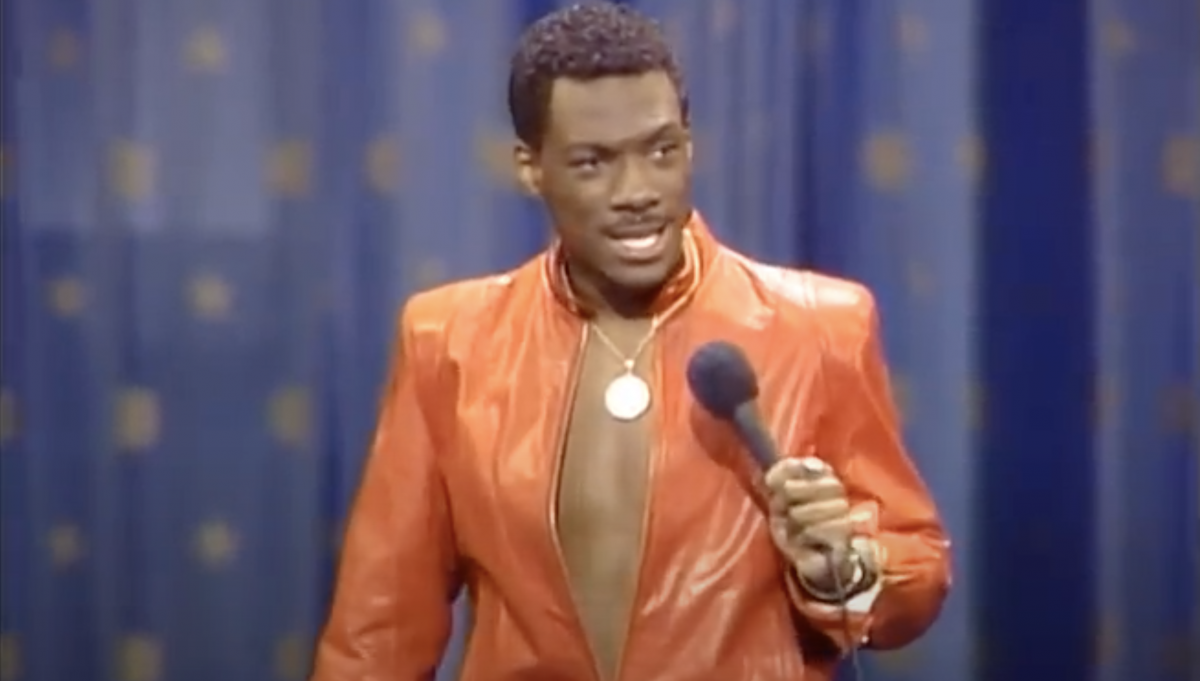
In the 1980s, standup comedy experienced a surge of popularity due to the success of comedians such as Eddie Murphy. In 1983, he starred in Delirious, an HBO special that would later be released on video. And, if you’re familiar with ’80s stand-up, you know that these comedians often relied on homophobic content. Delirious has a particularly cringe-worthy bit about women giving their husbands AIDS after hanging out with gay men—offensive and wildly inaccurate! The homophobia and misinformation surrounding the AIDS crisis in the 1980s is difficult to get through, especially when it’s played for laughs. Murphy recorded Delirious when he was only 22 years old. While that doesn’t excuse the offensive language, it’s worth noting that the comedian apologized for those bits in 1996, saying “like the rest of the world, I am more educated about AIDS in 1996 than I was in 1981,” and that he “deeply regrets any pain that I caused” with his use of slurs.
The Naked Gun
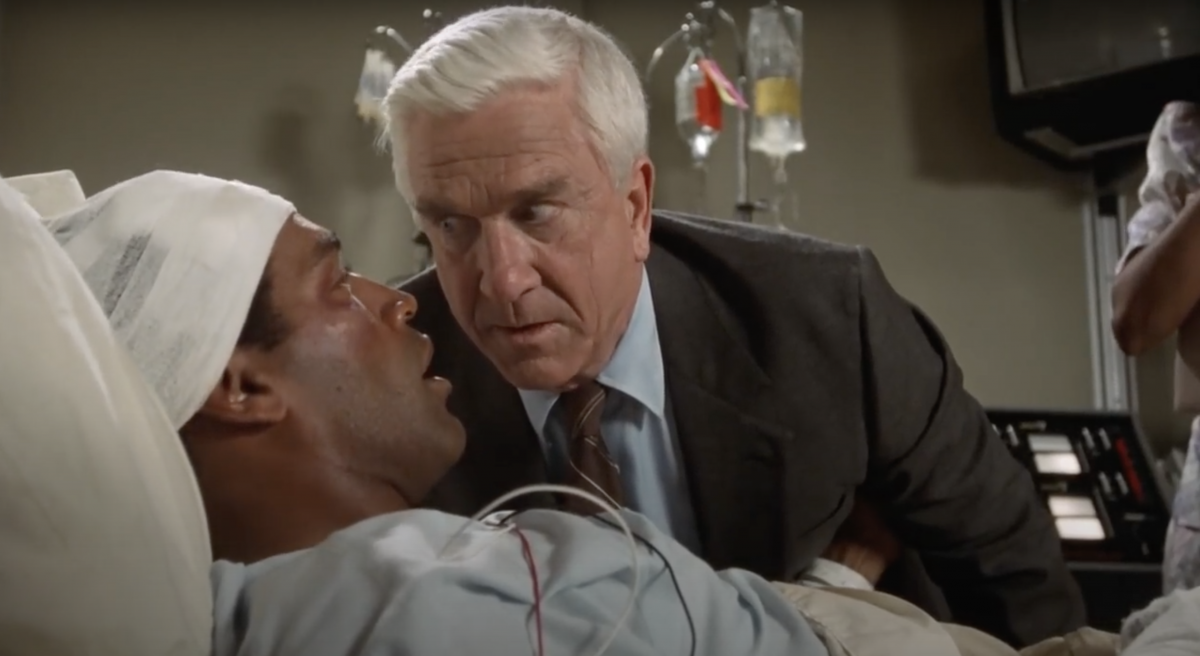
Comedy is such an ephemeral genre. Much of what we find funny relies on a shared understanding, especially when the humour hinges on cultural references. The further we get from those common touchstones, the less relevant — and therefore less funny — those jokes become. The Naked Gun is a funny movie, but it doesn’t hold up as well now that the person who played the main character’s sidekick has been tried for murder. The actor who played Nordberg, of course, is O.J. Simpson—who probably seemed a lot funnier when he was known as a successful former football player as opposed to the chief suspect in a double homicide.
Cruising
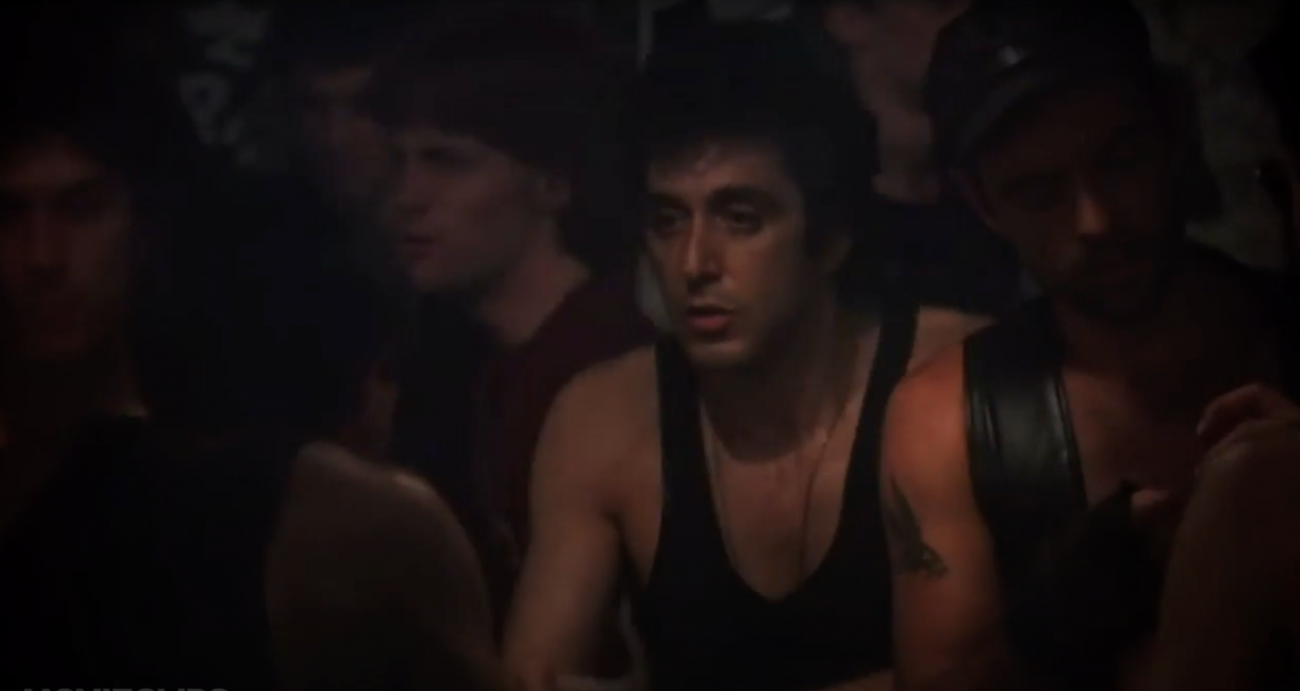
In the 1980s, fewer movies showed the clash between gay culture and mainstream society than this thriller with Al Pacino as a cop investigating a murder in the seedy world of ‘leather clubs.’ The film sparked outrage when it was released, because of its depiction of gay people supposedly ‘forced’ into this life. Gay activists worried that the film would feed into the negative stereotypes they were working so avidly to reverse. Though the film is still debated by critics, there’s no denying that its views of gay people are terrible by today’s standards. In an interview in 2007, director William Friedkin admitted it wasn’t his best effort.
Tootsie
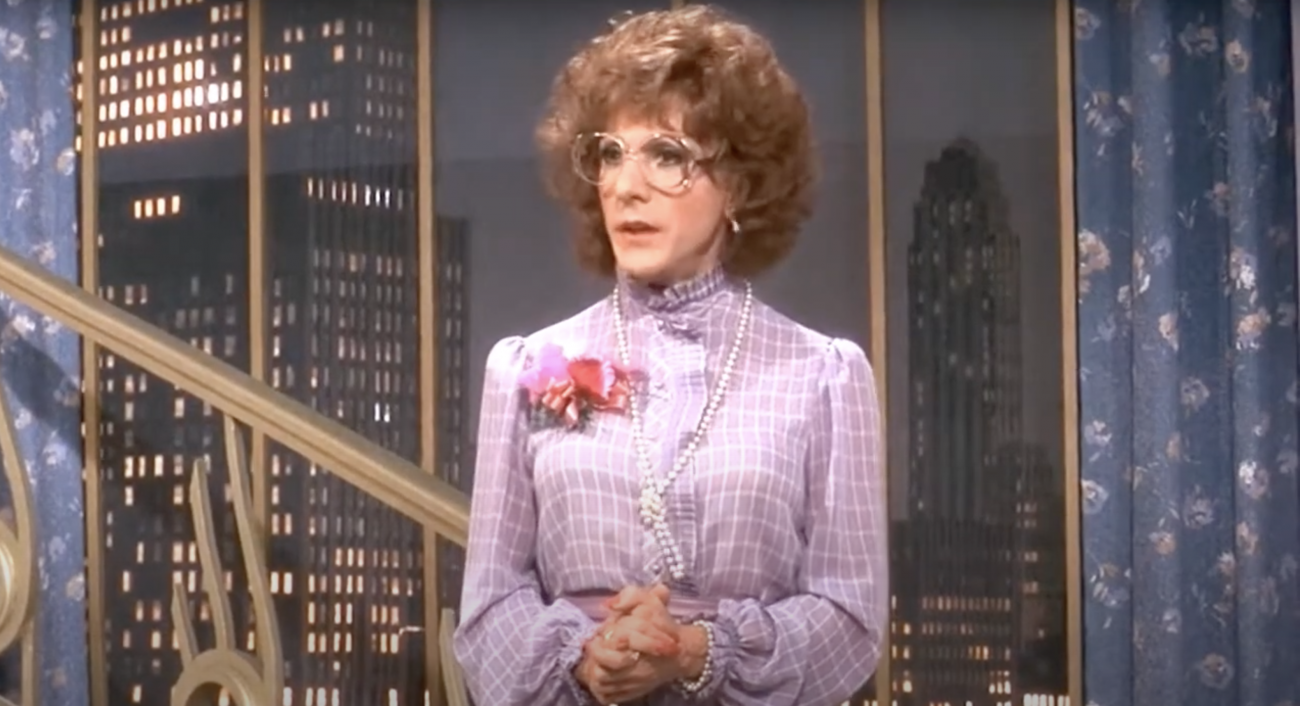
The 1982 film Tootsie is outdated in many ways: A male actor pretends to be a woman, he gets the part, and comedy ensues. Some people argue that the movie reinforces negative stereotypes about men and women: men are aggressive, bold, and sexually driven, while women are submissive, feminine, and beautiful. The film was a huge hit upon its release, which led to a stage adaption coming to Broadway in 2019. However, that adaption wasn’t as critically acclaimed. The play was received poorly due to its reliance on outdated stereotypes such as sexism, ableism, homophobia, and transphobia, to get laughs. The use of jokes about genitalia and extended bits about Michael getting into and out of drag came off as uninformed and transphobic.
Porky’s
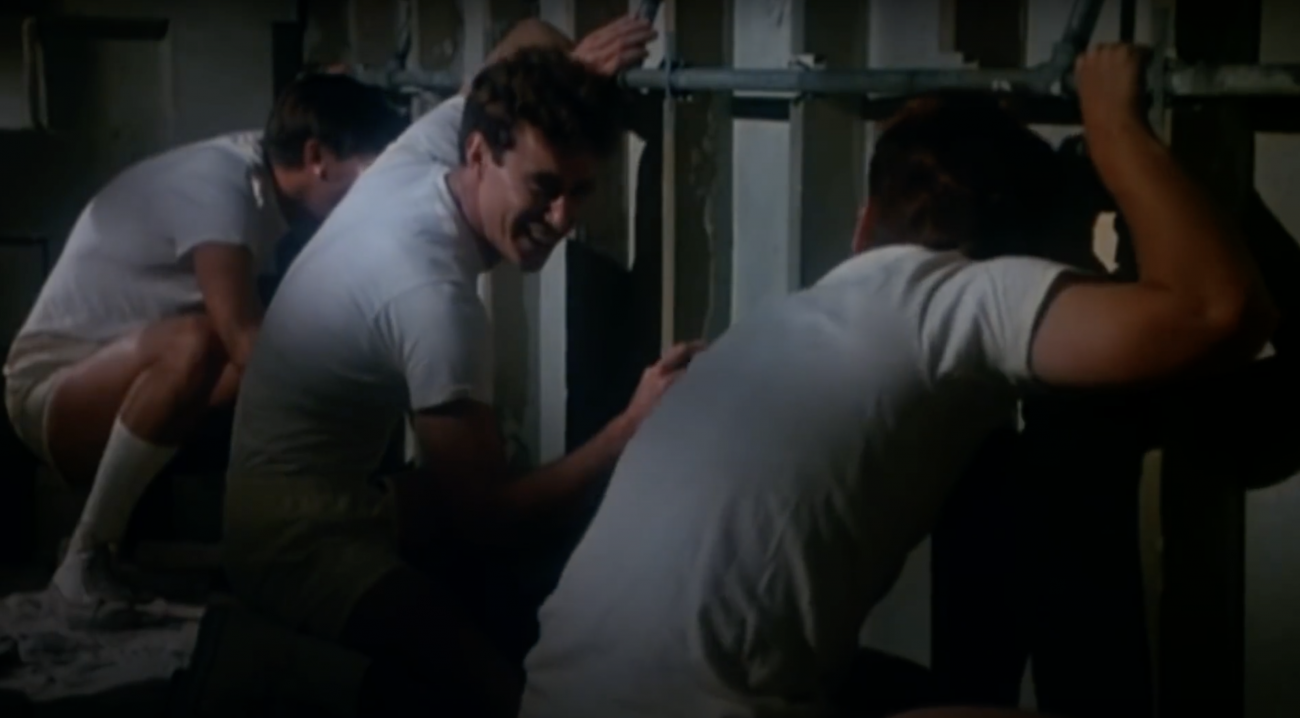
Porky’s is a good example of a teen comedy that wouldn’t work today. While things never get as uncomfortable as other 80s teen flicks like Animal House or Revenge of the Nerds, there is a serious lack of consent here. In the locker room at the gym, a group of boys peek in at the women changing. The boys are caught by an employee, but there are few consequences. In addition to that, overweight women are frequently the targets of cruel jokes and ridicule, and all female characters are reduced to sexual objects and often referred to simply as “p****.” Adding to this is the film’s racism. A major character casually uses the N-word, and another has an ugly streak of antisemitism that runs through the film.
Can’t Buy Me Love
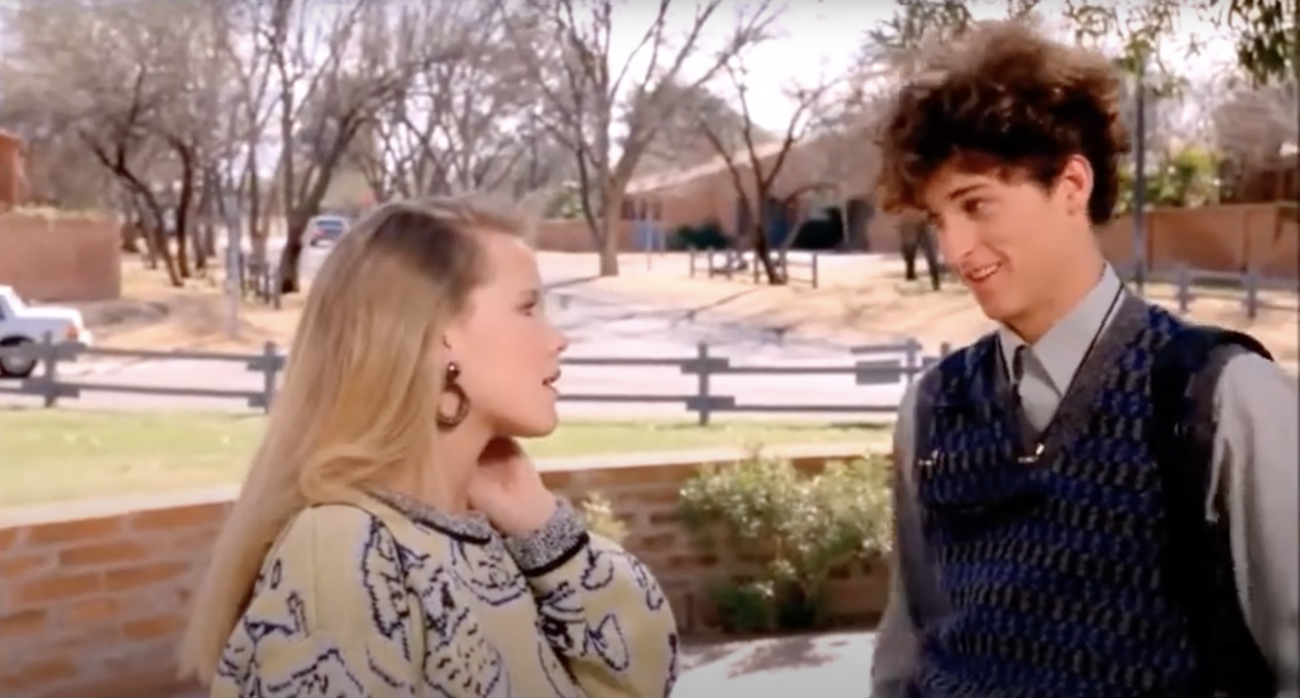
This 1987 hit stars Patrick Dempsey as a high school nerd who gives a cheerleader $1,000 to pretend to be his girlfriend for a month. The movie was well received upon its release, but many aspects haven’t aged well. Dempsey’s character can be seen as predatory, he spots his victim in the moment of desperation and swoops in to solve all her problems. Aside from that, the concept of buying a girl’s affection is problematic and misogynistic. Similarly with other movies of the era, overweight women are ridiculed and treated as undesirable. There is even a scene where an overweight girl tells Dempsey’s character that he should have “rented her out” because she is “cheaper”.
Weird Science
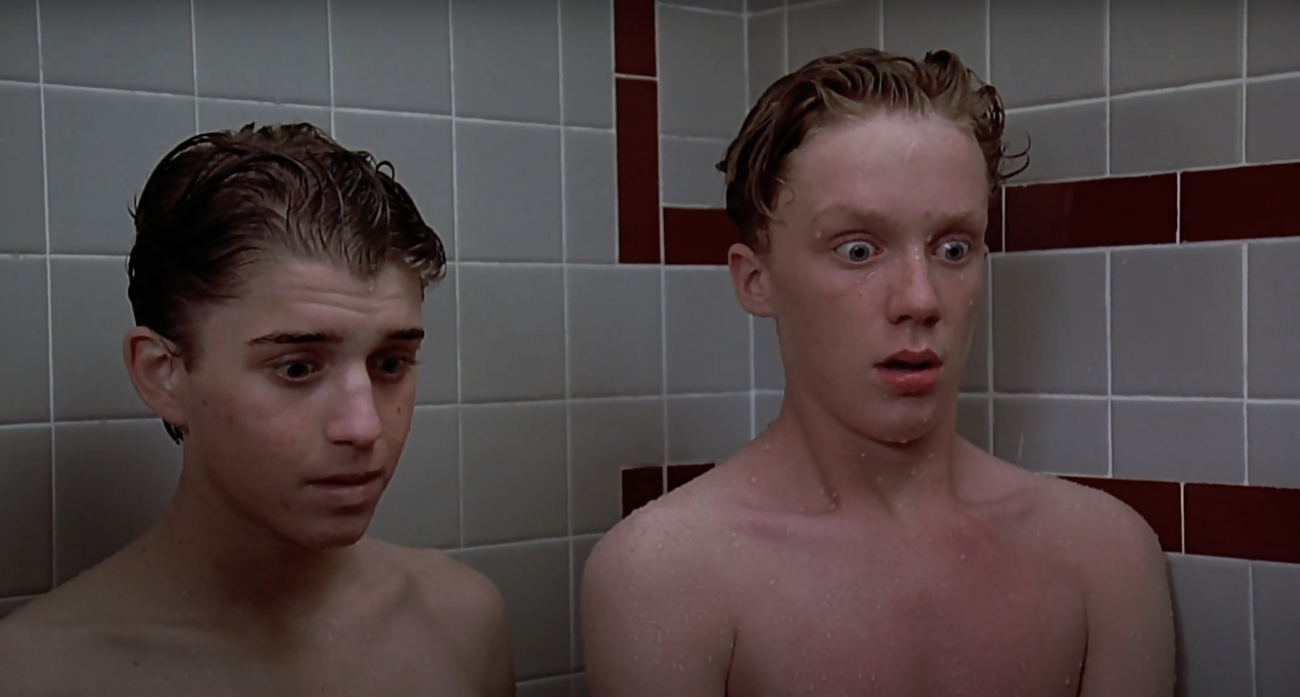
It’s hard to believe that the 1985 John Hughes classic Weird Science is still popular today, because the idea of two teenage boys designing a woman and telling her what to do seems pretty creepy. While watching Frankenstein on TV, Gary (Anthony Michael Hall) gets the idea to create the perfect woman using a dial-up modem. Wyatt (Ilan Mitchell-Smith) hacks into what appears to be the Pentagon’s servers, which gives them more power and allows electrical magic to happen. ‘Perfect’ woman Lisa (Kelly LeBrock) appears in sports panties and a half shirt amidst the chaos. Later in the movie, Lisa takes her creators to a blues club, where they learn to loosen up and have fun. She dresses them up and gets them drunk, but the moment they lose their inhibitions the boys start speaking in an offensive African American ‘bluesman’ accent.
Trading Places
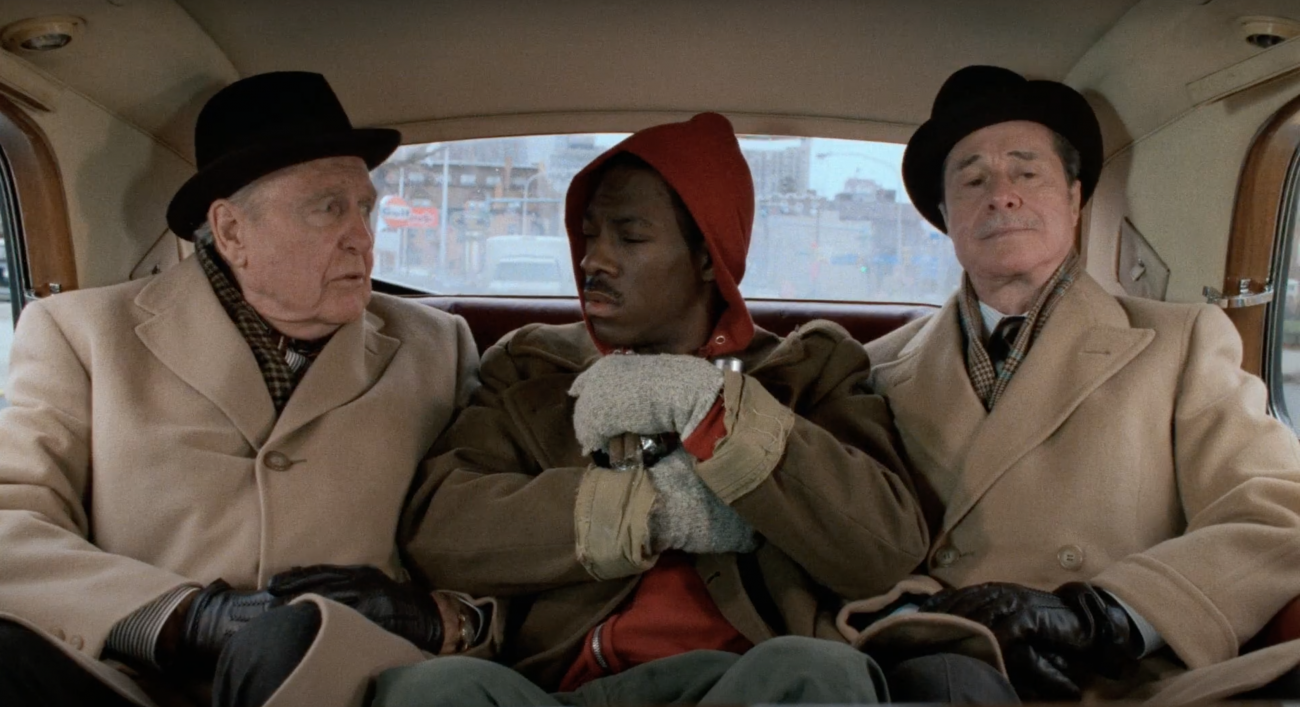
1983’s Trading Places was a box office success that skyrocketed the careers of stars such as Eddie Murphy, Dan Aykroyd and Jamie Lee Curtis. However, it also has some issues, mainly stemming from one scene in particular. In an effort to elude their pursuers, Louis (Dan Aykroyd), Billy Ray (Eddie Murphy), Ophelia (Jamie Lee Curtis) and Coleman (Denholm Elliott) disguise themselves to board a train. Aykroyd chooses to disguise himself as a Jamaican stoner, complete with a bad accent, dreadlocked wig… and full blackface. Aykroyd’s character even refers to Eddie Murphy’s character as “an awful negro” – and this is seen as acceptable.
Fatal Attraction
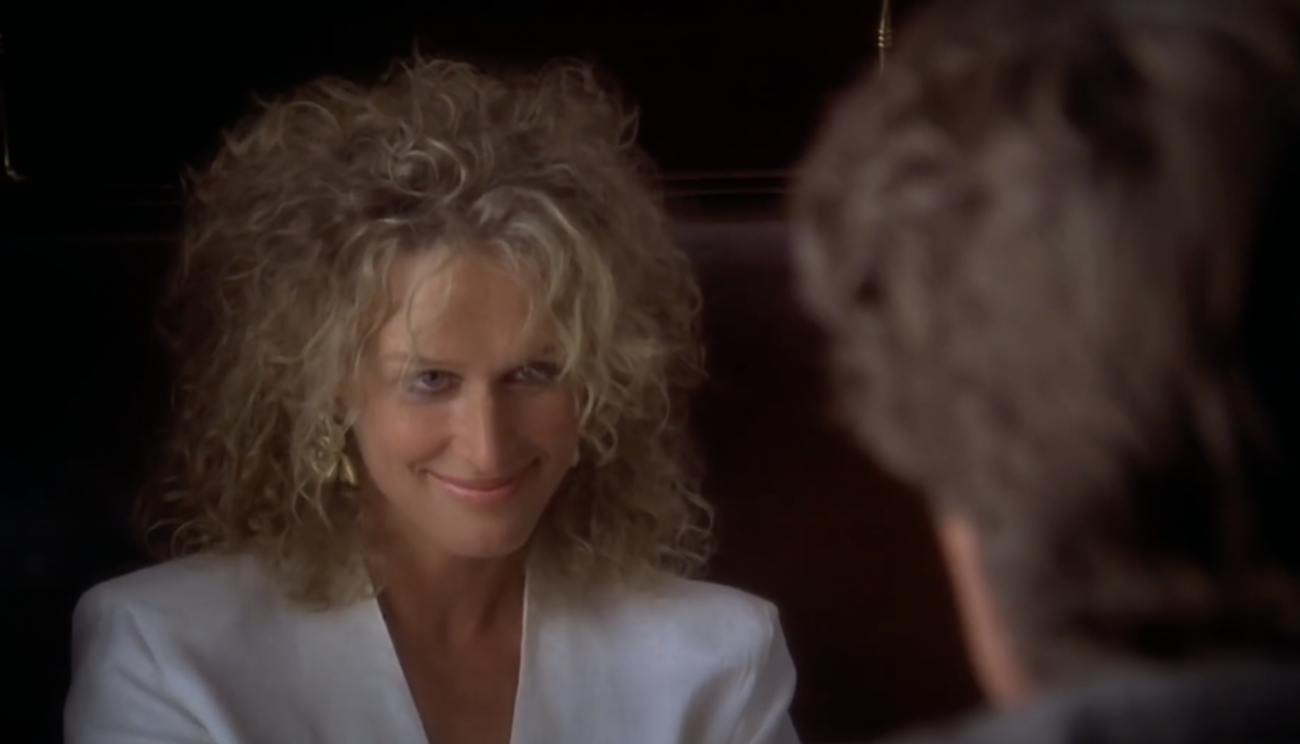
The 1987 film Fatal Attraction was a cultural sensation, one of the biggest movie events of the year. Many scenes became iconic, and it even spawned a new figure of speech: “bunny boiler.” Glenn Close plays Alex Forrest, a character whose affection for her colleague Dan Gallagher (Michael Douglas) sours into something more obsessive when he doesn’t commit to her. In nearly every interview she has done about the movie since its release, Close has made it abundantly clear that Attraction’s portrayal of Alex as a supervillain and murderous psychopath was not her interpretation, and that the character’s depth was overlooked in favour of shock value. Close recently stated that it would be “wonderful it would be to write [the story] from [Alex’s] point of view.” It might also do some correcting of the original’s imbalances, particularly the elements that painted Dan Gallagher as a hapless victim despite his infidelity.
Heathers
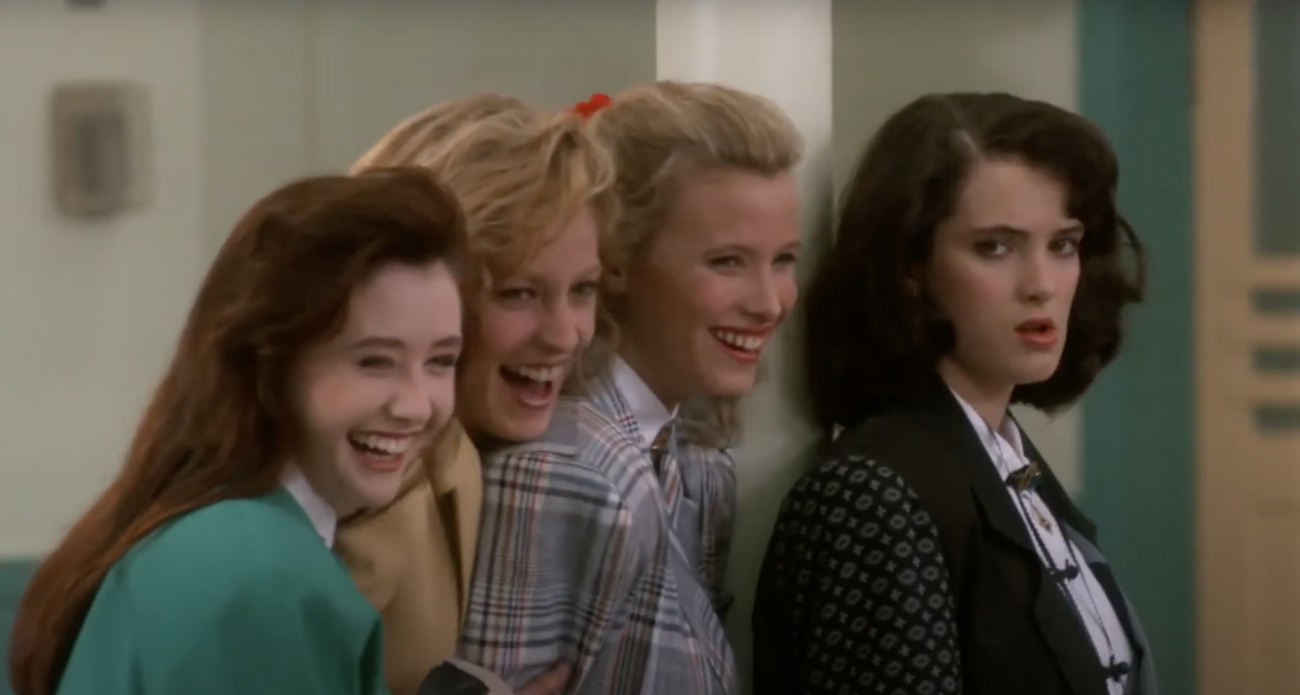
The 80s teen movie Heathers is a cult classic which takes a darker approach to the teen movie genre. While it remains iconic today, some of its content may seem dated. In the movie, Veronica (Winona Ryder) and J.D. (Christian Slater) accidentally kill Heather Chandler, then make it look like she killed herself—a plot point that leads to many insensitive statements about suicide by other characters. Another scene shows outcast J.D bringing a gun to school and firing blanks at a pair of jocks to scare them, an action which Veronica openly admires. With gun violence and school shootings at an all-time-high, a scene like this would be very unlikely to make the final cut.
The Principal
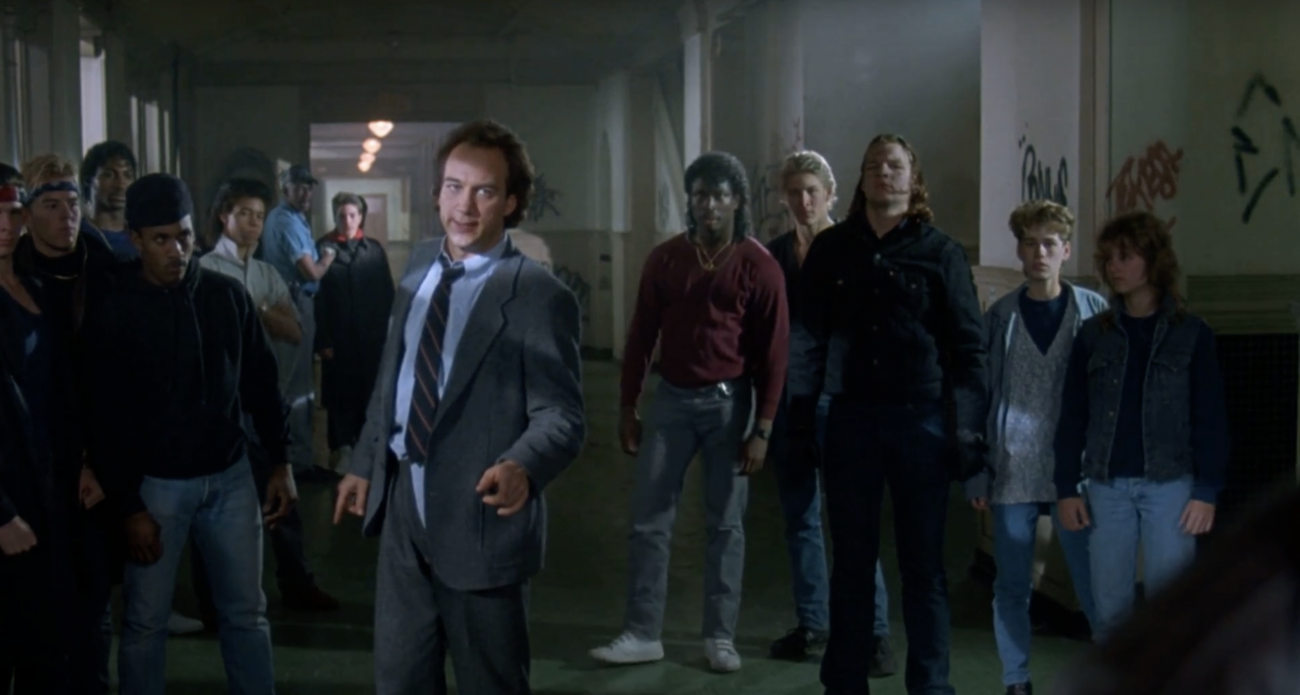
This 1987 movie features James Belushi as a white teacher who teaches non-white students at an inner-city school. The film has been criticized for its White Saviour narrative, as the plot depicts the aforementioned white teacher swooping in to ‘inspire’ and ‘motivate’ the troubled minority youth. He somehow even manages to break up the school drug ring. Most of the non-white characters are stereotypes, and all the villains are played by non-white actors. The film attempts to present a vague social message about race and poverty, but it falls short.
National Lampoon’s Vacation
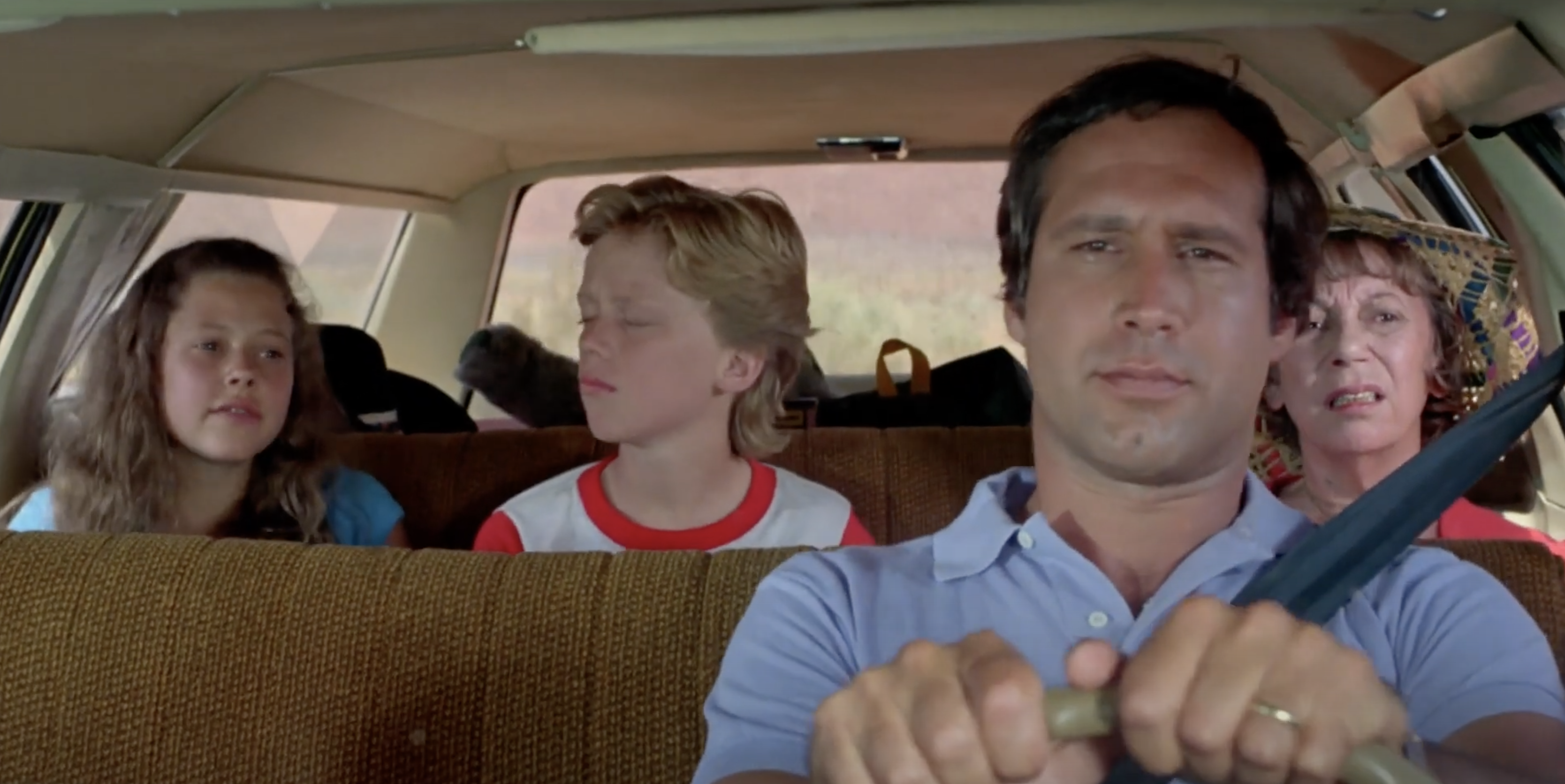
Vacation, adapted by John Hughes from his own short story and directed by Harold Ramis, is an unusual film for a number of reasons. Rather than a plot-driven feature, it’s episodic and almost plotless. Most of the filming was done on actual locations from Chicago to Santa Monica. One of the most infamous and problematic scenes in the movie occurs when the main characters drive into a predominantly black neighborhood and are suddenly surrounded by pimps, hookers, and thugs. The scene relies on outdated racial stereotypes to provide humour, as the white family is robbed by the ‘scary black thugs.’ Director Harold Ramis later said he regrets filming the sequence. “I apologize for the whole scene,” says Ramis. “I wouldn’t think of doing a thing like that now. It was supposed to be about prejudice, when in fact it was prejudiced.”
National Lampoon’s Animal House
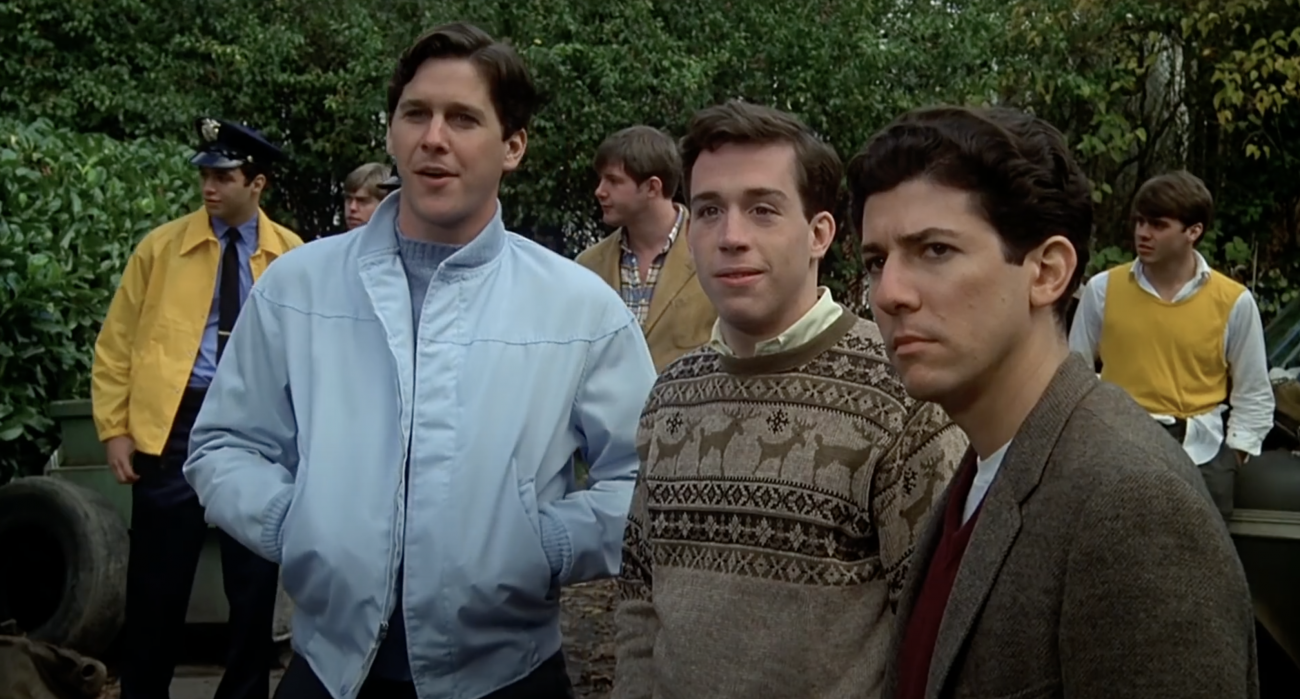
National Lampoon’s Animal House is a comedy classic, but watching it without cultural context can leave viewers with some seriously unsettling feelings. The first scene in the film, a prank gone wrong, shows one of the heroes killing an ROTC horse. The horrible laughs don’t stop there, as John Belushi’s Bluto watches women change in a sorority house. The Deltas take their dates to see Otis Day and The Knights, but when they show up at the bar, they freak out because they’re the only white people there. In another uncomfortable scene, Delta member Pinto tries to determine whether he should take advantage of a girl who’s passed out drunk.
Dressed to Kill
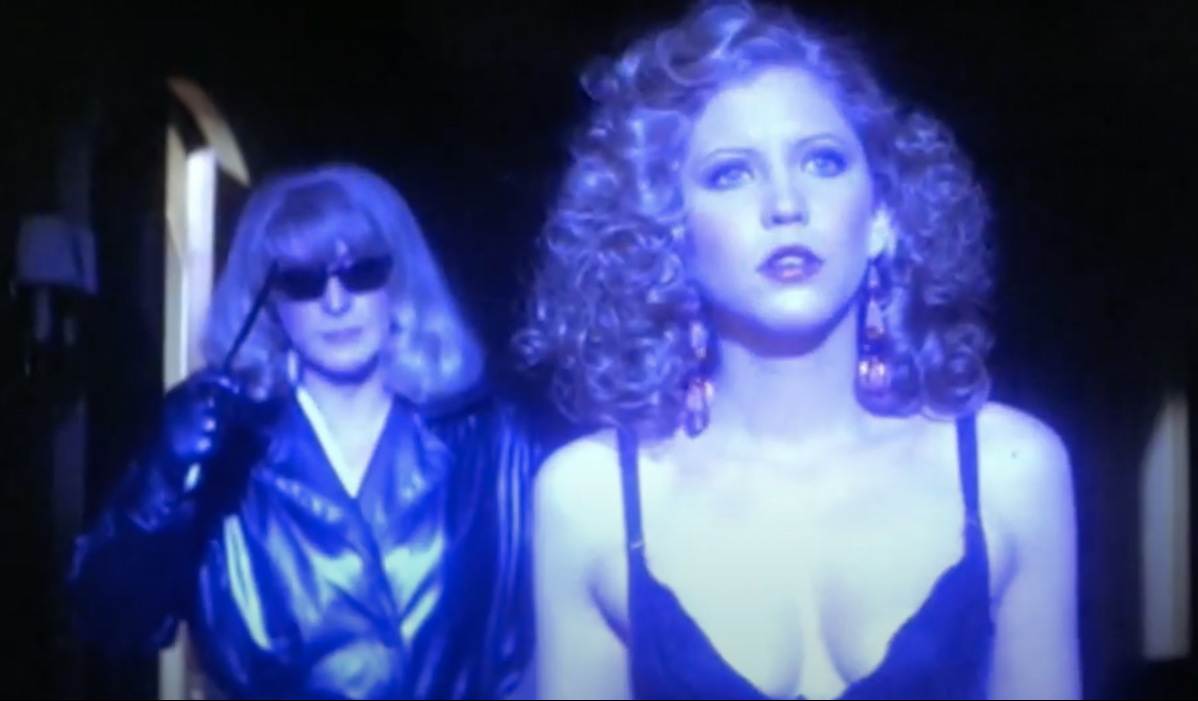
Brian De Palma’s Dressed to Kill, released in the midst of the summer of 1980, was a box office success that influenced the creation of erotic thrillers. In the movie, Michael Caine plays a psychologist whose alter ego is a woman with a murderous streak. He first discovers this alter ego when he is attracted to a woman and subsequently murders her. Some critics accused De Palma of misogyny, objectifying women and treating the transgender issue in a hostile, paranoid way. The movie also plays into the harmful stereotype of trans people being villains, as seen in other films like The Silence of the Lambs.
Driving Miss Daisy
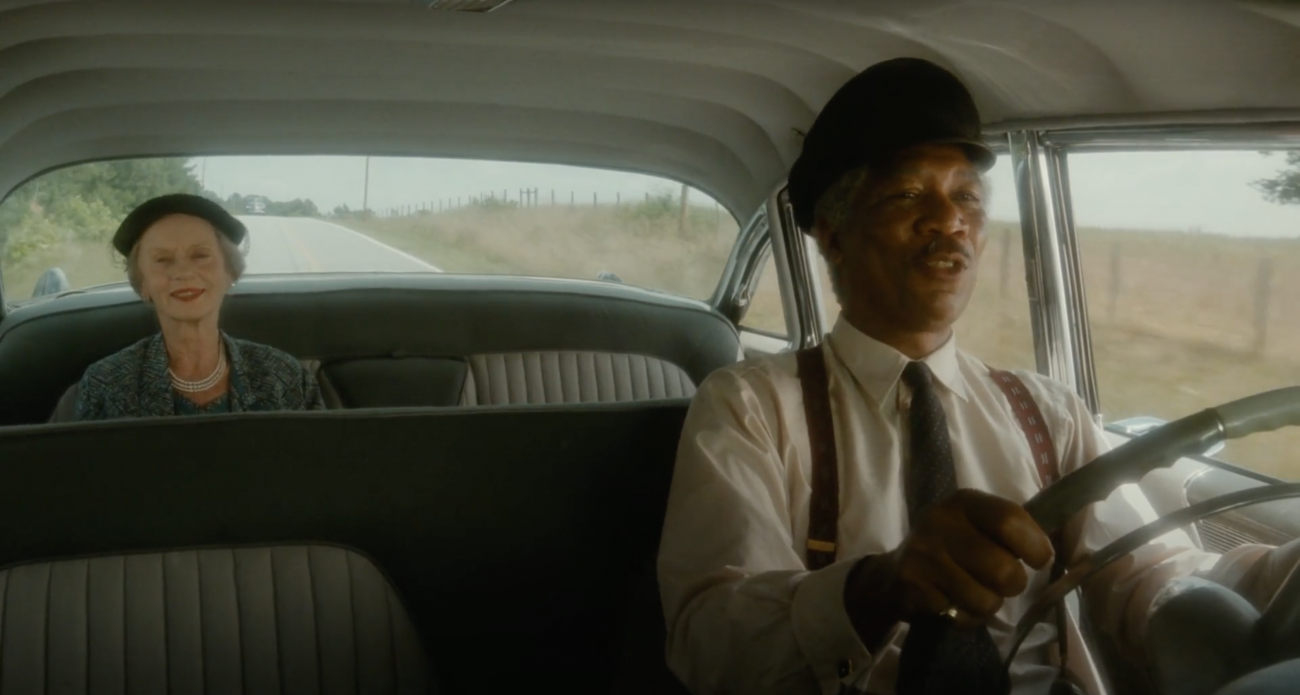
Starring Morgan Freeman and Jessica Tandy, Driving Miss Daisy is a movie about the friendship between an elderly white woman and her black chauffeur. The movie attempts to explore historical racism, but ultimately reinforces the idea that black men must be useful to white society and clean up their behavior in order to have value. The fact that Driving Miss Daisy won an Oscar for Best Picture, while Spike Lee’s Do the Right Thing was not nominated, opened up a debate about why black stories are only accepted by the Academy if they’re told through a white lens. Critic Wesley Morris negatively compared the movie to 2018’s critically acclaimed Green Book. He wrote: “One headache with these movies, even one as well done as ‘Driving Miss Daisy,’ is that they romanticize their workplaces and treat their black characters as the ideal crowbar for closed white minds and insulated lives. They symbolize a style of American storytelling in which the wheels of interracial friendship are greased by employment.”
Say Anything
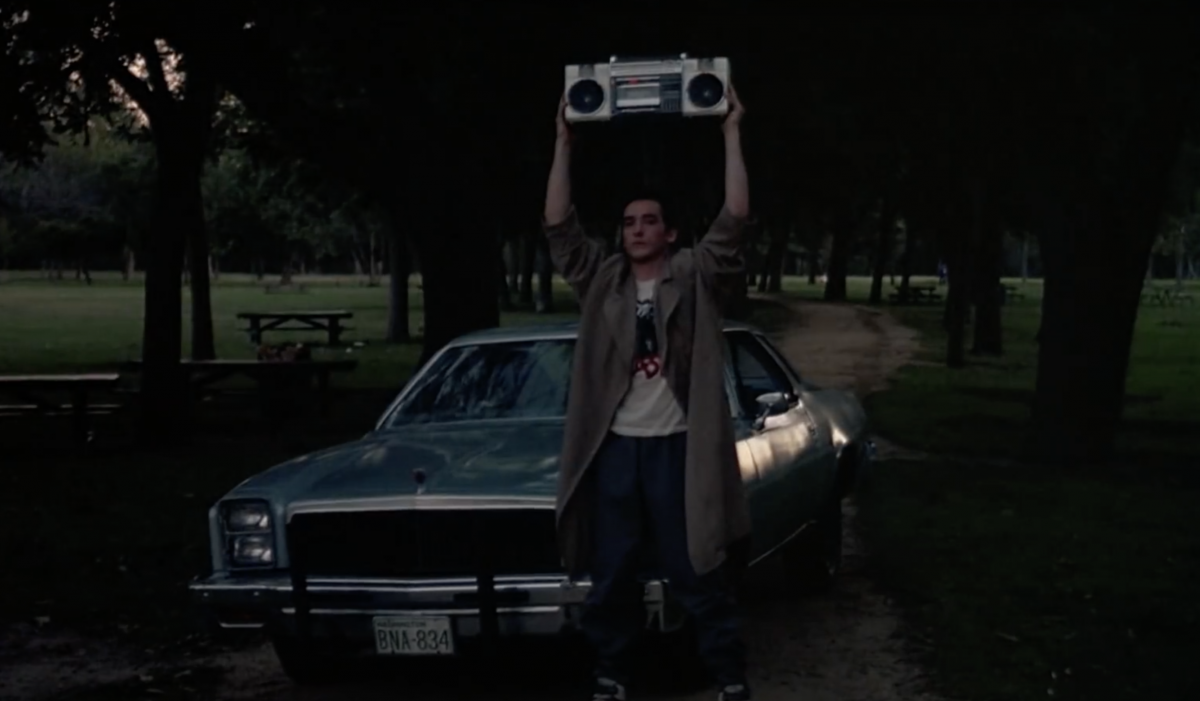
This 80s classic is often seen as one of the greatest teen films of all time, but it can also be viewed as exemplifying a long-established truth: films romanticize harassment and stalking. The film opens with Lloyd (John Cusack) claiming he once went on a date with Diane (Ione Skye) because they happened to sit near each other while eating in the mall, which sounds pretty creepy. Later, Lloyd stands outside Diane’s window at dawn and plays the song to which he and she once had sex. Although this is framed as a romantic gesture, it only narrowly misses the ‘creepy’ label thanks to Cusack’s charm.
Die Hard
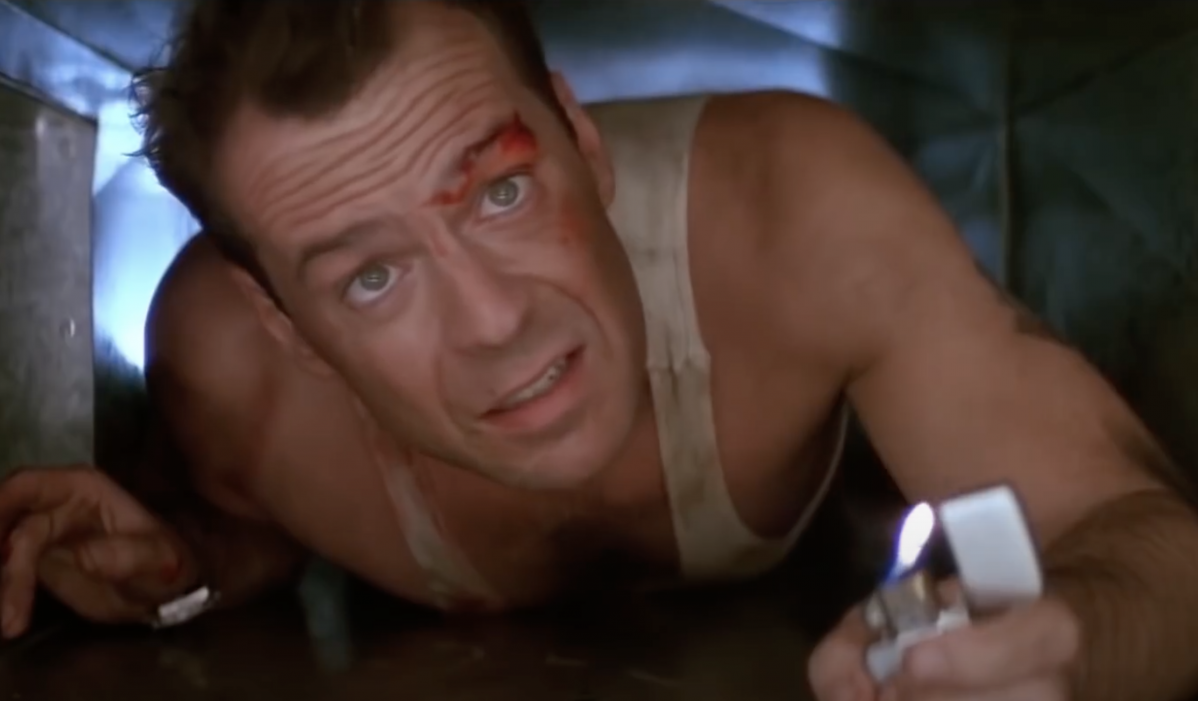
This holiday classic is also part of a larger genre—the 1980s Anti-Feminism Movie, which suggested that women who pursued careers instead of staying home with their families would lead to the downfall of Western civilization. Although Die Hard is more subtle than previous movies, it definitely fits in. Bruce Willis plays New York cop John McClane who has come to LA because his wife wanted to take a big job there, even though, as he stresses early on, this destroyed their marriage. When John arrives at Holly’s office, he is disgusted to hear everyone call her by her maiden name. However, Holly is eventually ‘tamed’ and agrees to be addressed as ‘Mrs McClane.’
The Blue Lagoon
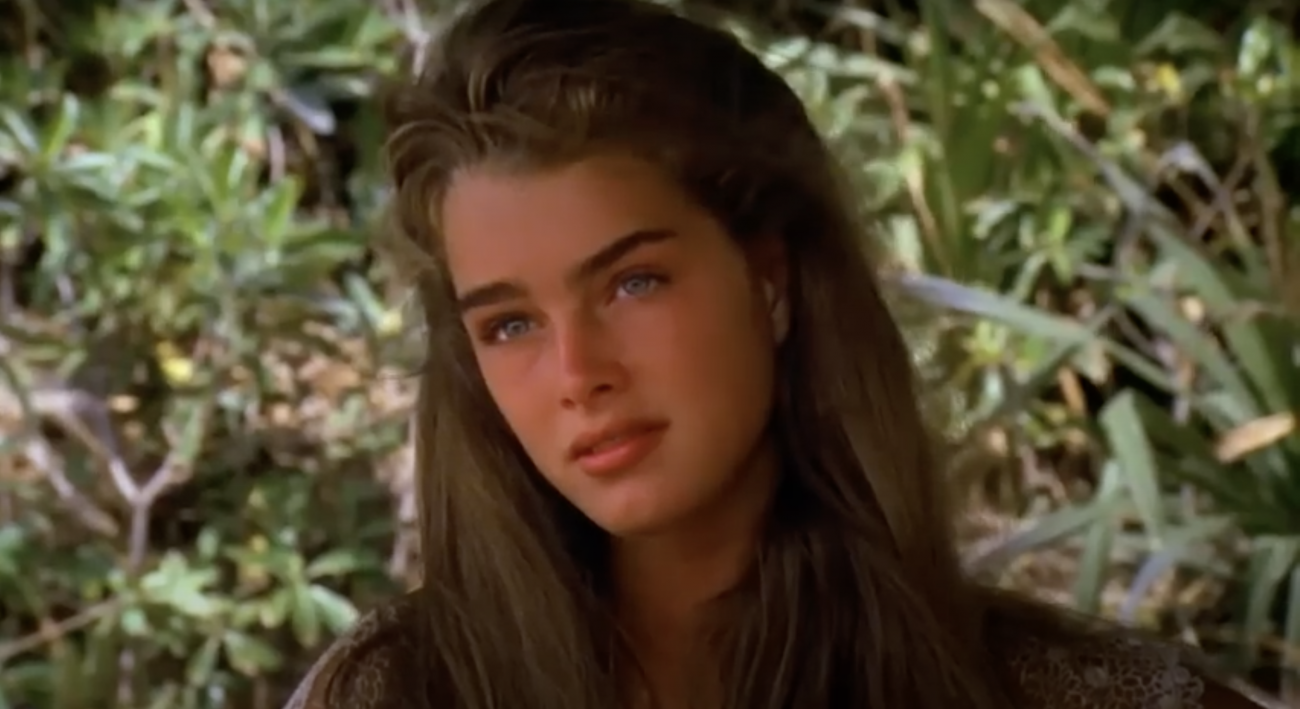
Based on the 1908 novel The Blue Lagoon, the film tells the story of two children who are stranded on a deserted island. The director cast 18-year-old Christopher Atkins and a shockingly underage Brooke Shields as the leads. At the time of filming, Shields was only 14 years old. Despite this, The Blue Lagoon wasn’t coy about its sex scenes. The film featured a lot of nudity, and even full-frontal nudity. Shields had body doubles for her nude scenes, however one of those doubles was 32-year-old Kathy Troutt. This uncomfortable casting choice asks viewers to imagine an adult woman’s body on a child. The controversy surrounding this movie also omits the fact that Shields and Atkins’ characters were cousins.
Octopussy
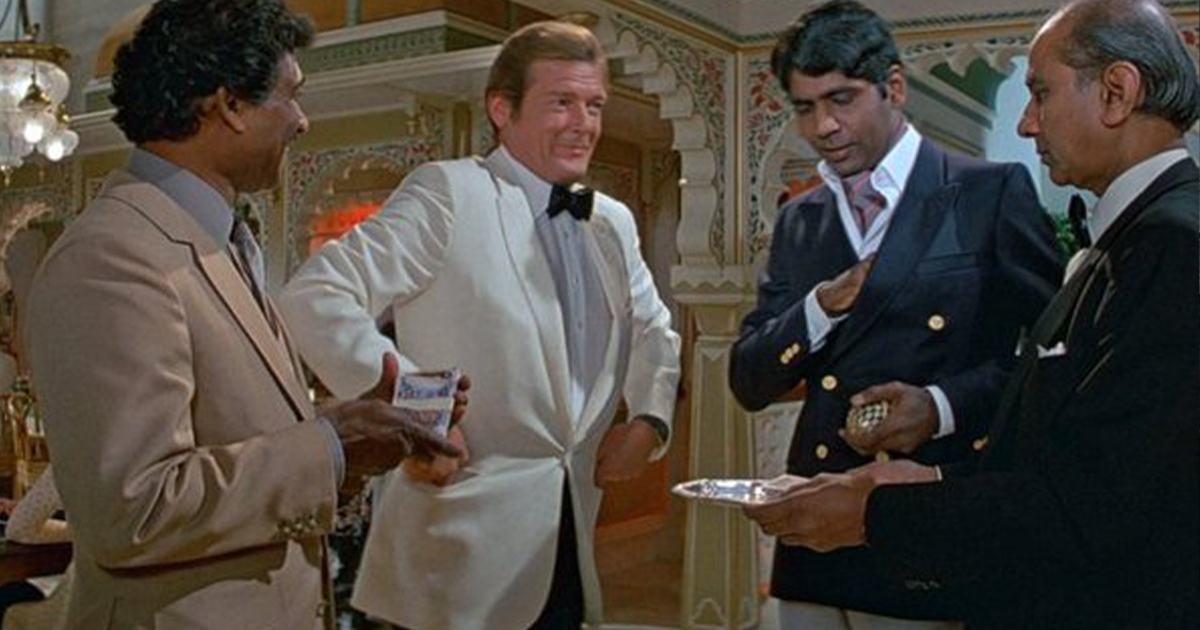
There’s a great deal to be said against 1983’s Octopussy, the perhaps unlucky 13th entry in the James Bond film series. For one, there’s that wince-inducing title; for another, there’s the fact that at 54, Roger Moore was clearly too old for the role (although that didn’t stop him coming back for a seventh and final time in 1985’s A View to a Kill). Thanks to Moore’s visible age, Bond’s numerous flirtations and dalliances with clearly much younger women make for rather uncomfortable viewing, but worse yet is his overt racism. Set largely in India, one scene sees 007 hand thick wads of cash to his Indian associates and glibly remark, “keep you in curry for a few weeks, won’t it?”
Remo Williams: The Adventure Begins
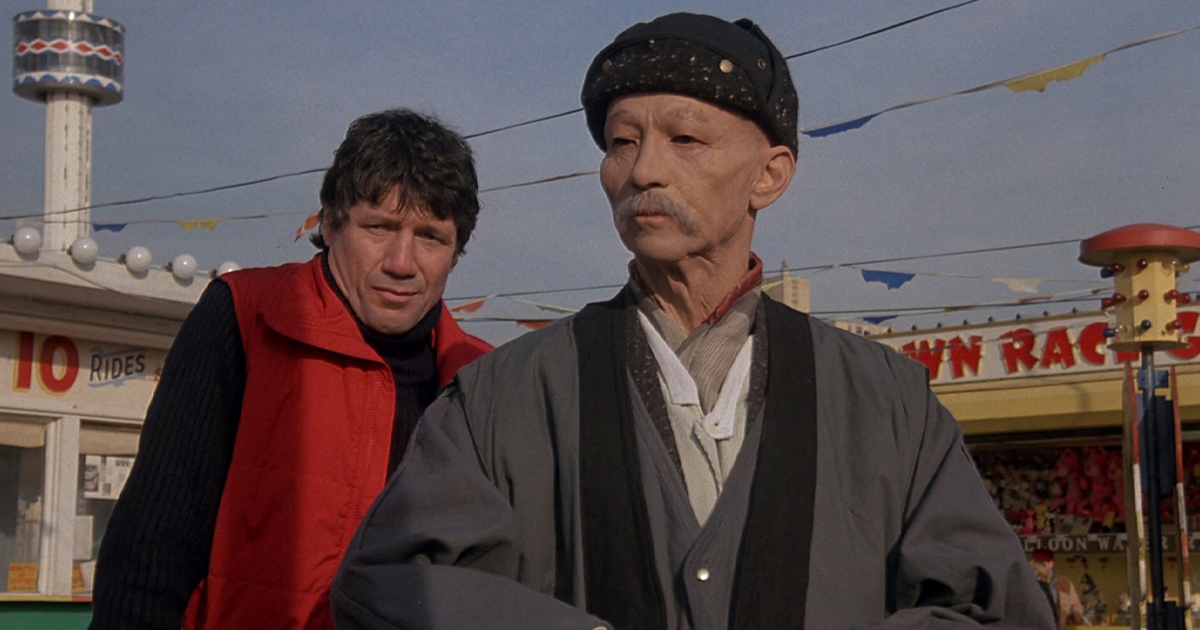
1985’s Remo Williams: The Adventure Begins was (as the title suggests) intended to be the first in a series of movies based on The Destroyer, the long-running pulp adventure novel series from authors William Murphy and Richard Sapir. These plans were abandoned when the film flopped, although it has since developed a cult following. Modern fans may appreciate Fred Ward’s square-jawed turn as the hero of the title, but eyebrows have long been raised by the decision to cast Jewish American Joel Grey as Remo’s Korean martial arts teacher Chiun. As with Fisher Stevens in Short Circuit, even at the time many critics complained the role should have gone to an Asian actor.